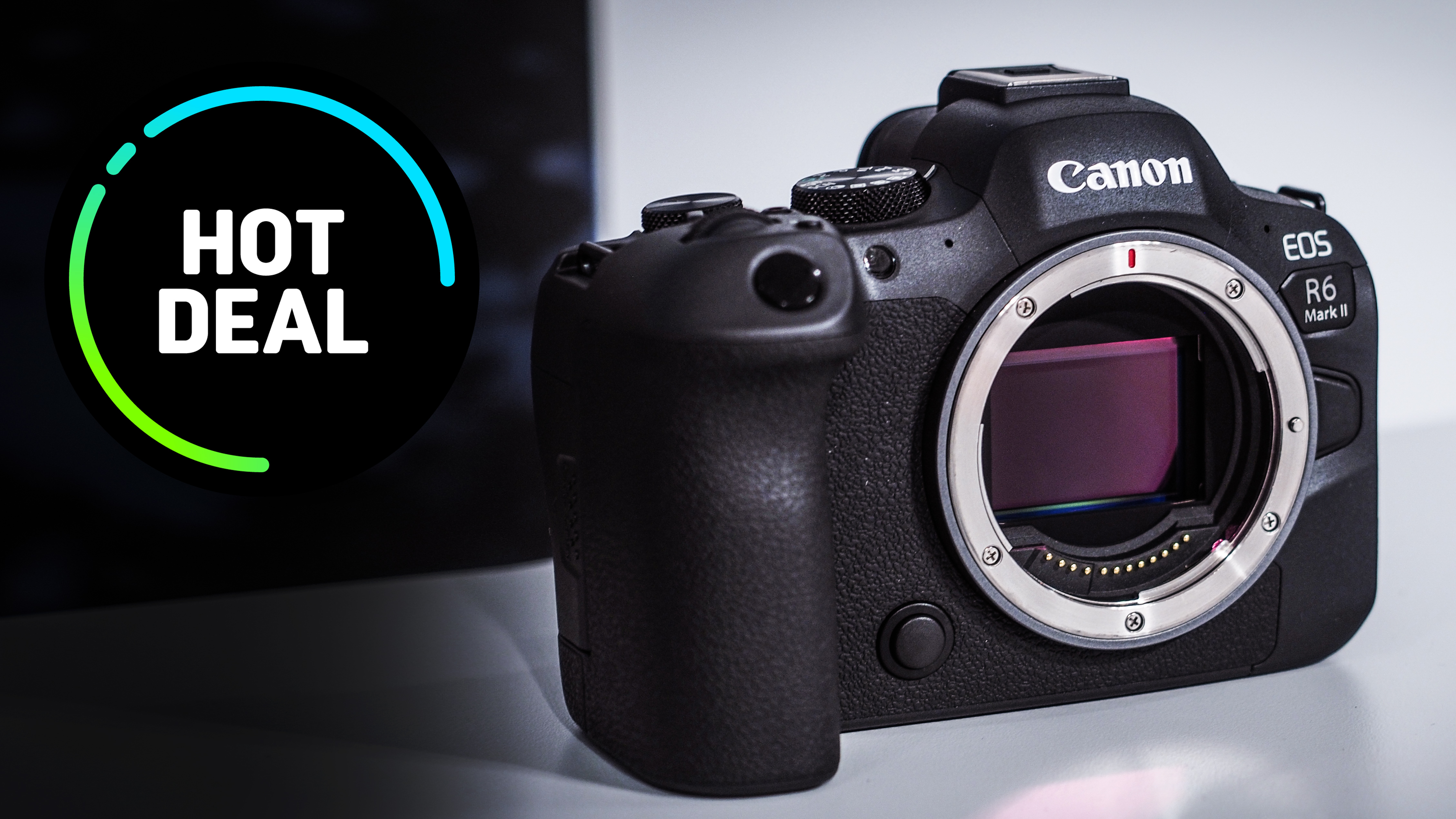Two tribes go to war: 50 years of Canon/Nikon professional camera rivalry
Nikon Z9 or Canon EOS R3 is the latest question - but the Nikon/Camera pro SLR rivalry dates back to 1971
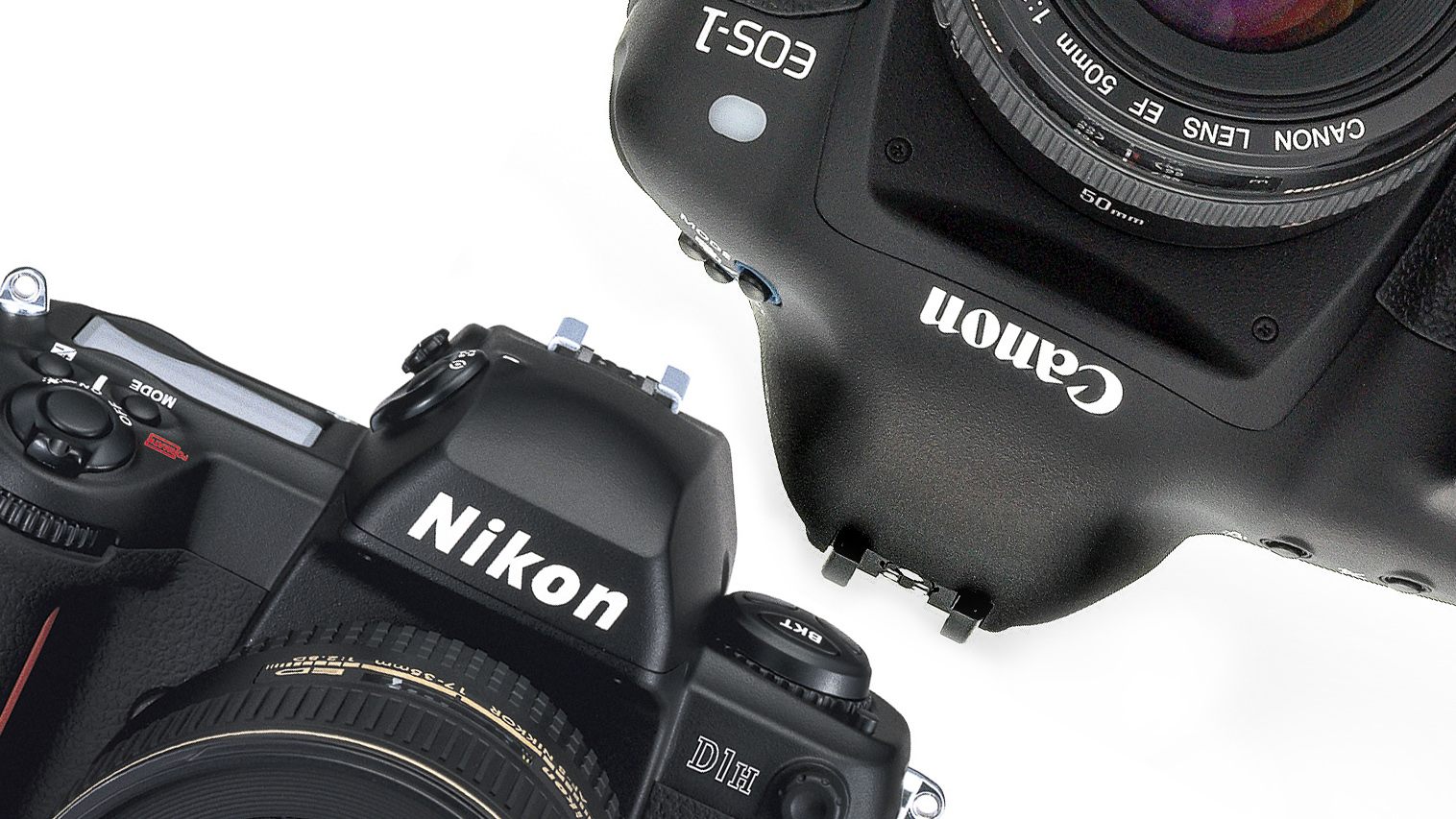
Today it’s more about bragging rights, but for a long time the head-to-head professional camera wars between the Canon and Nikon SLR/DSLR flagships was all about winning the hearts and minds of professional photographers.
As their traditional rivalry enters a new era with the recent launch of the Canon EOS R3 and the Nikon Z9, we look back at how Canon and Nikon have slugged it out with each new generation of professional reflex cameras.
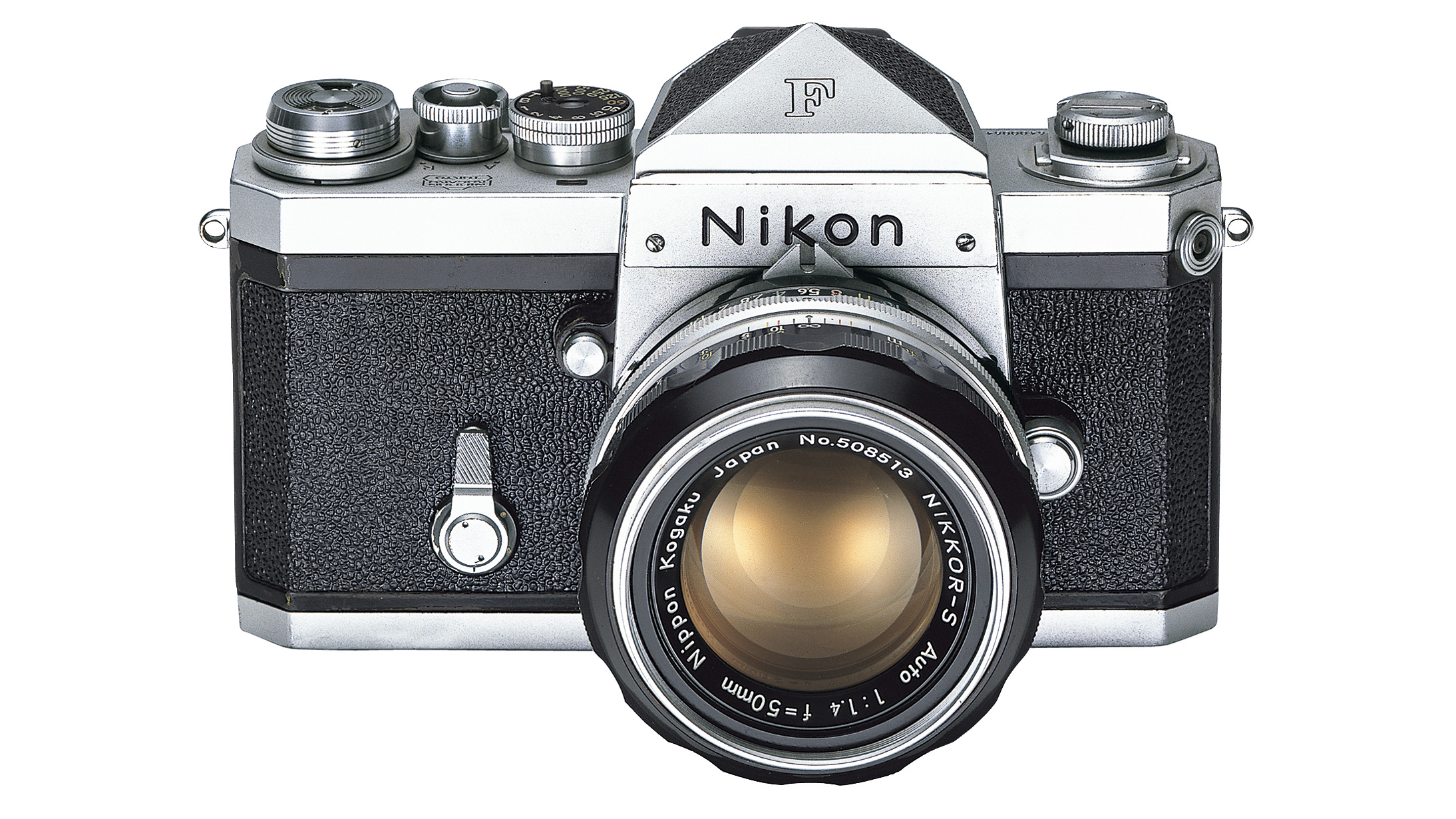
Nikon F (1959)
In the beginning, realizing that the rangefinder camera has its limitations, Nikon creates the world’s first professional 35mm SLR system. Interchangeable accessories such as viewfinders and motordrives created the flexibility to cater for a wide range of applications. The lens system spanned 21mm to 1000mm.
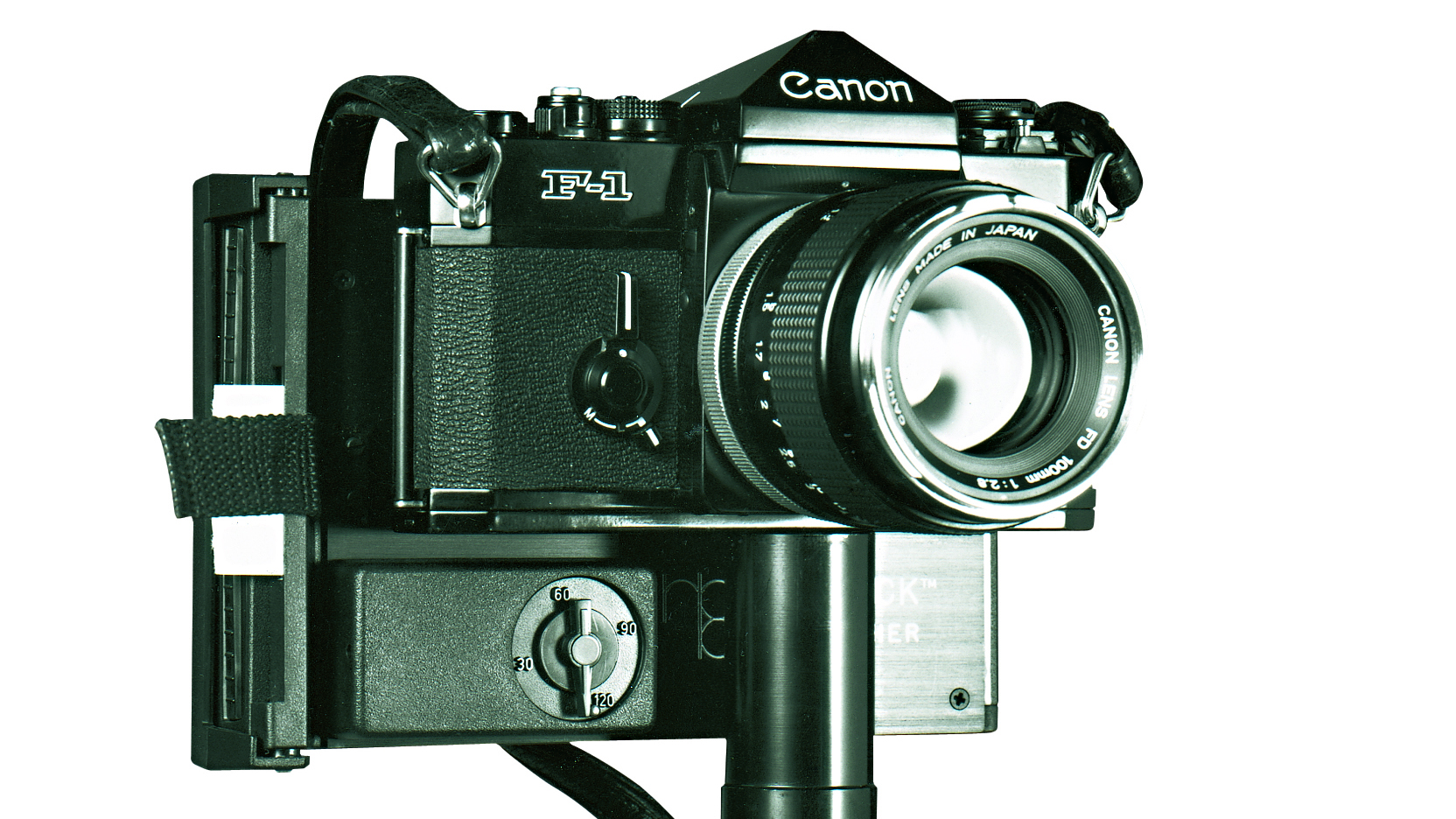
Canon F-1 (1971)
It took over a decade for Canon to decide that having a pro 35mm SLR system was a good idea, but this also gave it plenty of time to come up with a serious competitor. The FD lens mount made its debut too. High Speed version (1972) could do 9fps.
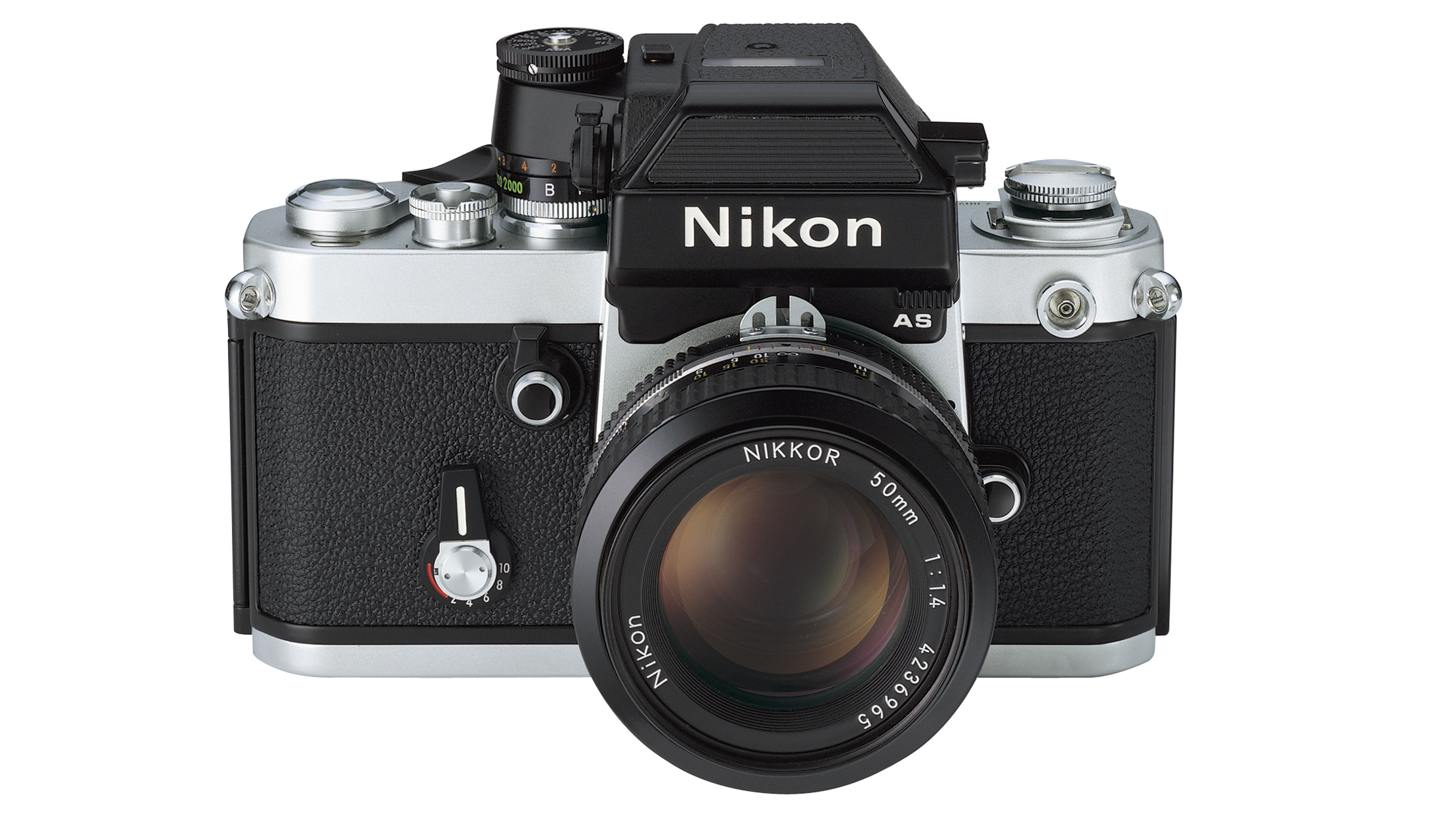
Nikon F2 (1971)
Get the Digital Camera World Newsletter
The best camera deals, reviews, product advice, and unmissable photography news, direct to your inbox!
Second-generation pro cameras came with lots of new conveniences and a faster shutter, but at this point both Nikon and Canon were essentially offering the same things. The next generations, however, would bring significant changes.
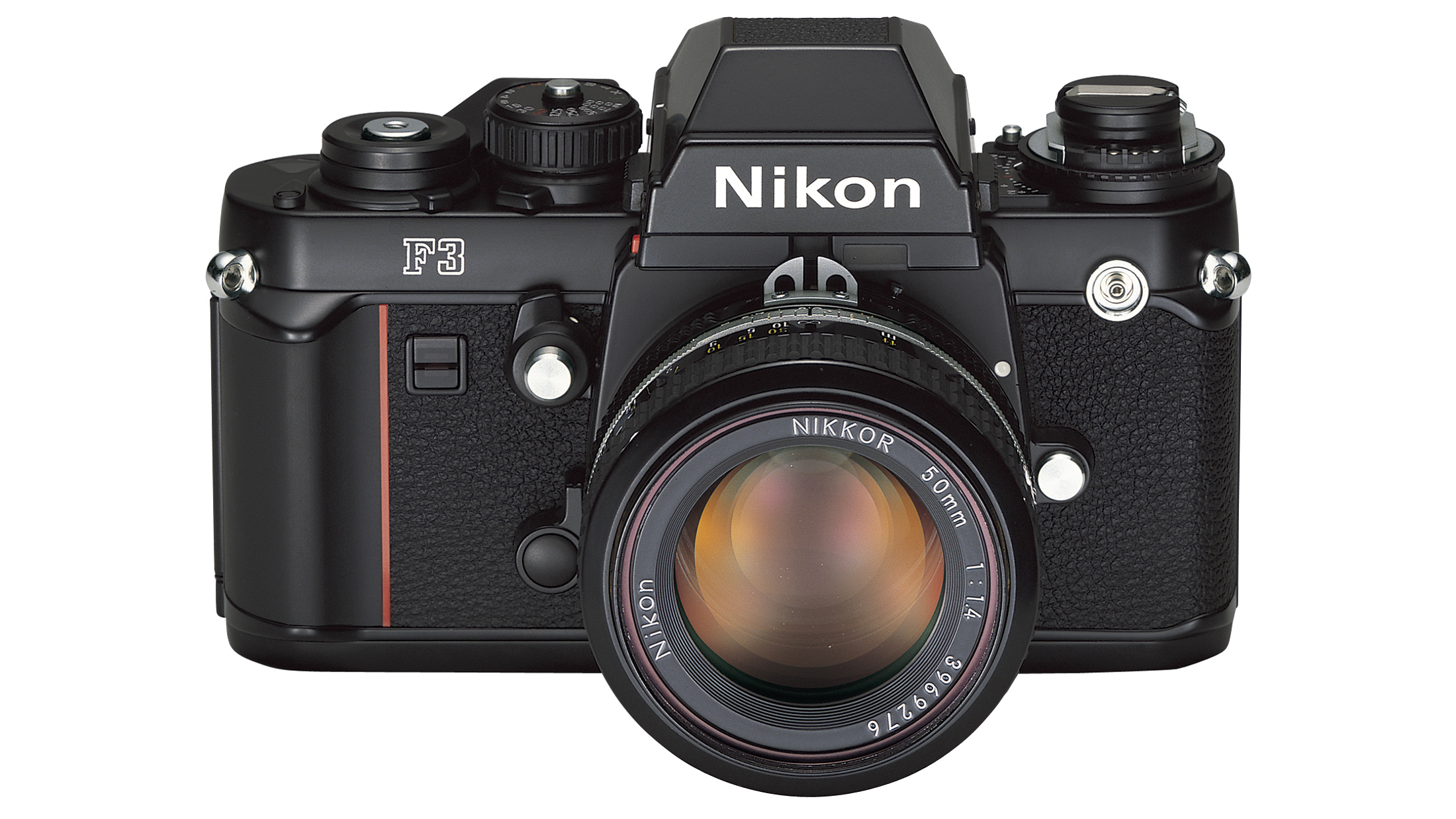
Nikon F3 (1980)
Pros were aghast when Nikon supped with the devil and introduced an electronically controlled shutter and aperture-priority auto exposure control. While the finders were still interchangeable, the TTL metering was now built into the camera body. The F3AF (1983) was technically the world’s first commercially produced autofocus 35mm SLR, but it was a step too far for many photographers at the time.
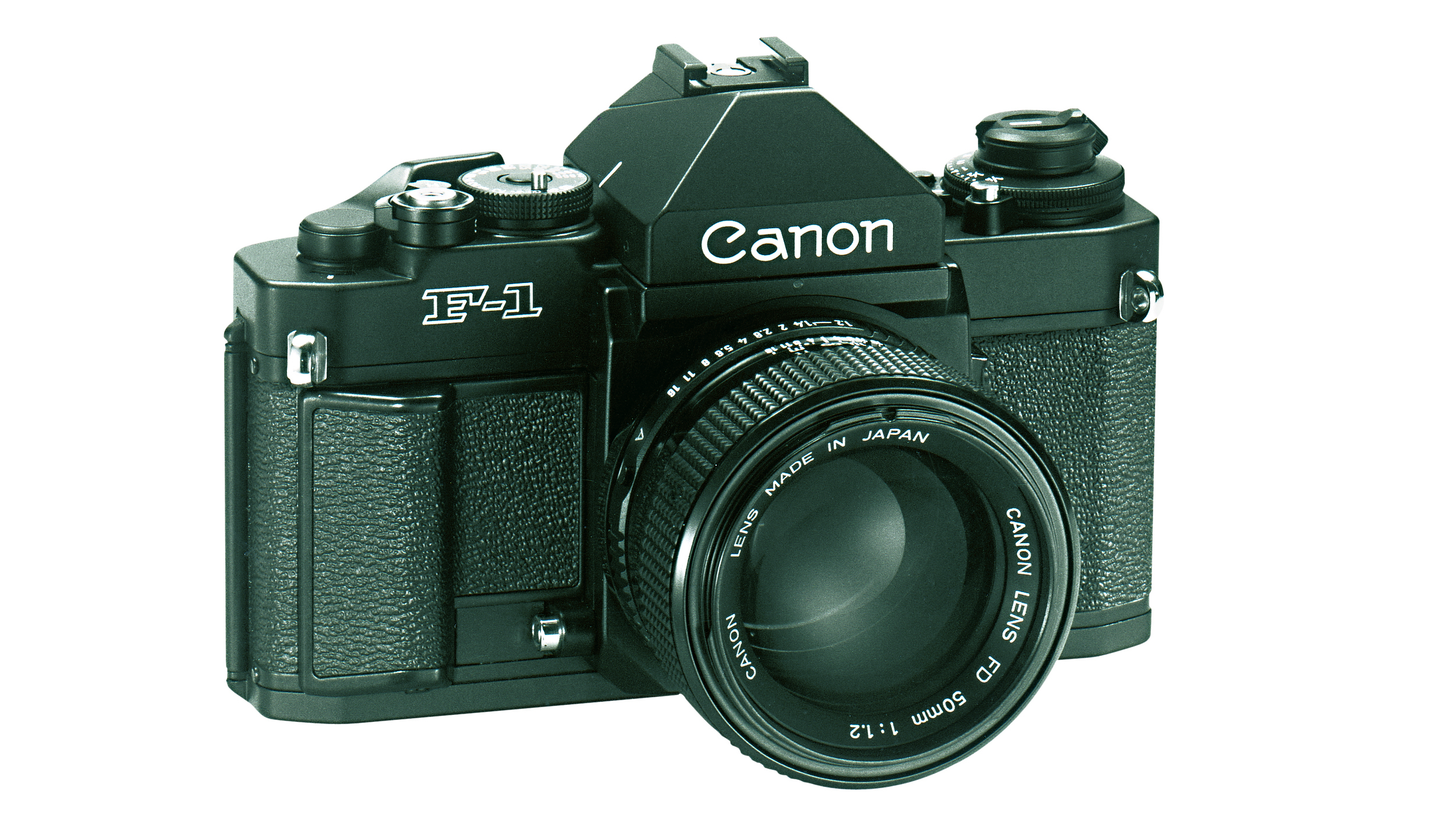
Canon New F-1 (1981)
Canon had an each-way bet with the second-gen F-1’s shutter – they were electronically controlled from eight seconds up to 1/90 of a second and then mechanically timed up to 1/2000 of a second. And with auto exposure control modes, fitting the AE Finder FN gave you aperture-priority auto, while fitting the AE Motor Drive FN provided shutter-priority. You could have either or both.
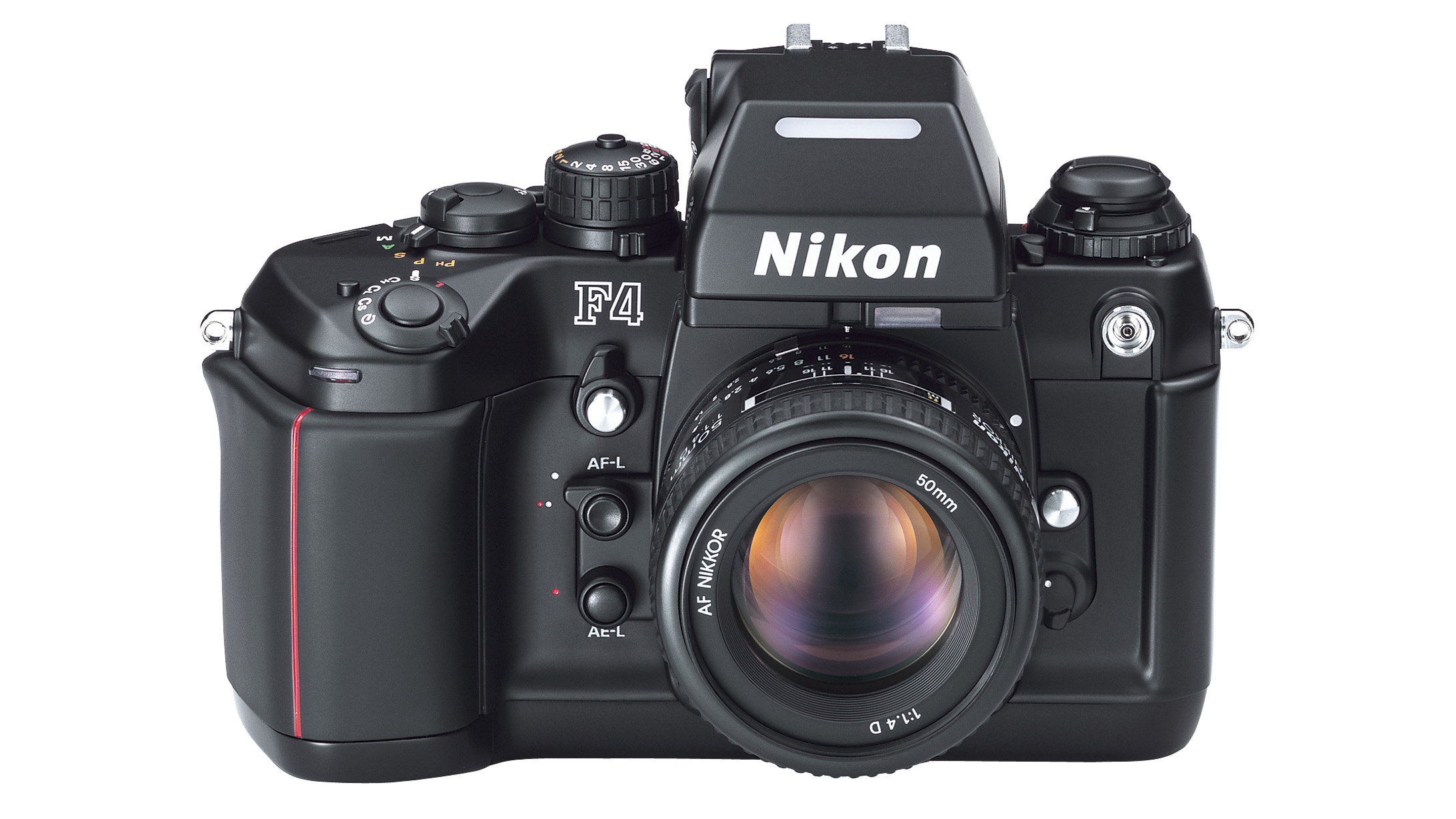
Nikon F4 (1988)
The world’s first professional AF 35mm SLR (if you don’t count the F3AF) and also Nikon’s first with a built-in motordrive. However, the F4 stuck largely with tradition in both design and control layout.
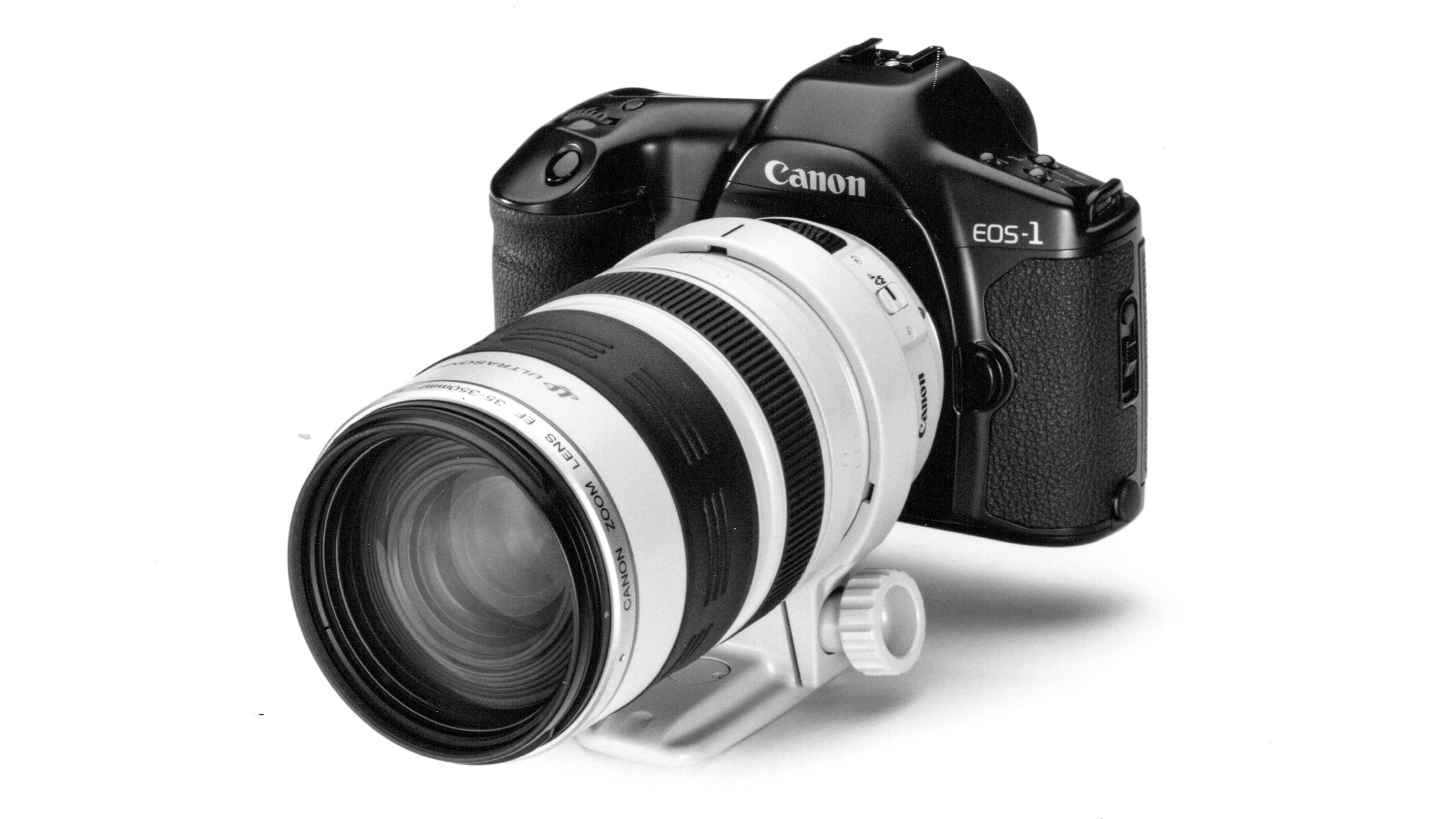
Canon EOS-1 (1989)
Canon threw away the rule book with its first pro-level autofocus SLR. Futuristic styling carries on from out-there T90 (1986) and it was goodbye to the FD mount too. Canon took some flak, but biting the bullet now set it up for the future… the EOS-1 series cameras put Canon on top in the pro camera market during the 1990s.
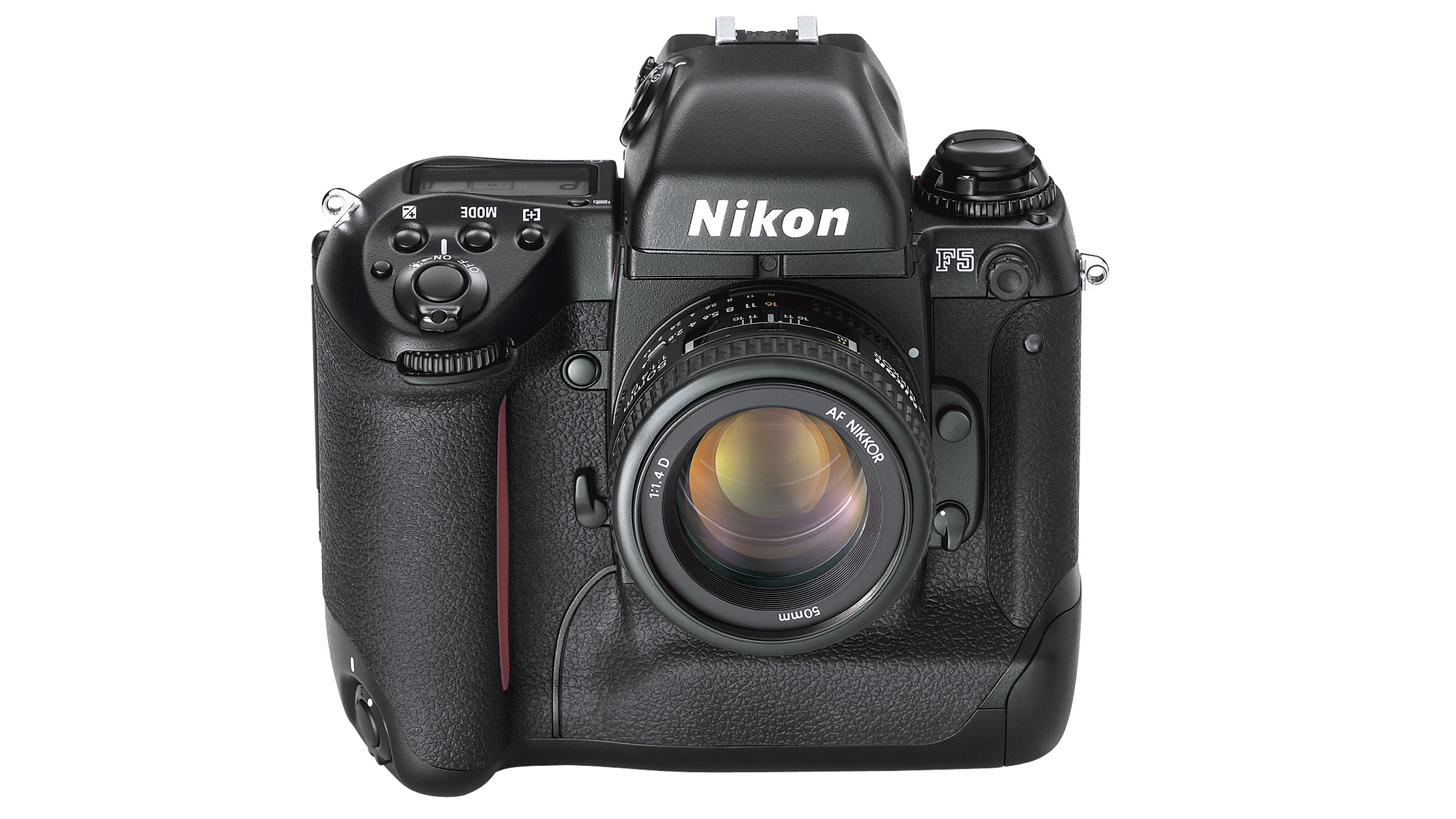
Nikon F5 (1996)
The fight-back was spearheaded by what many consider to be the best 35mm SLR Nikon ever built. The ergonomics balanced old and new, while AF system set the standard for speed. The F5 could roll at 8fps, but Canon’s response was quicker.
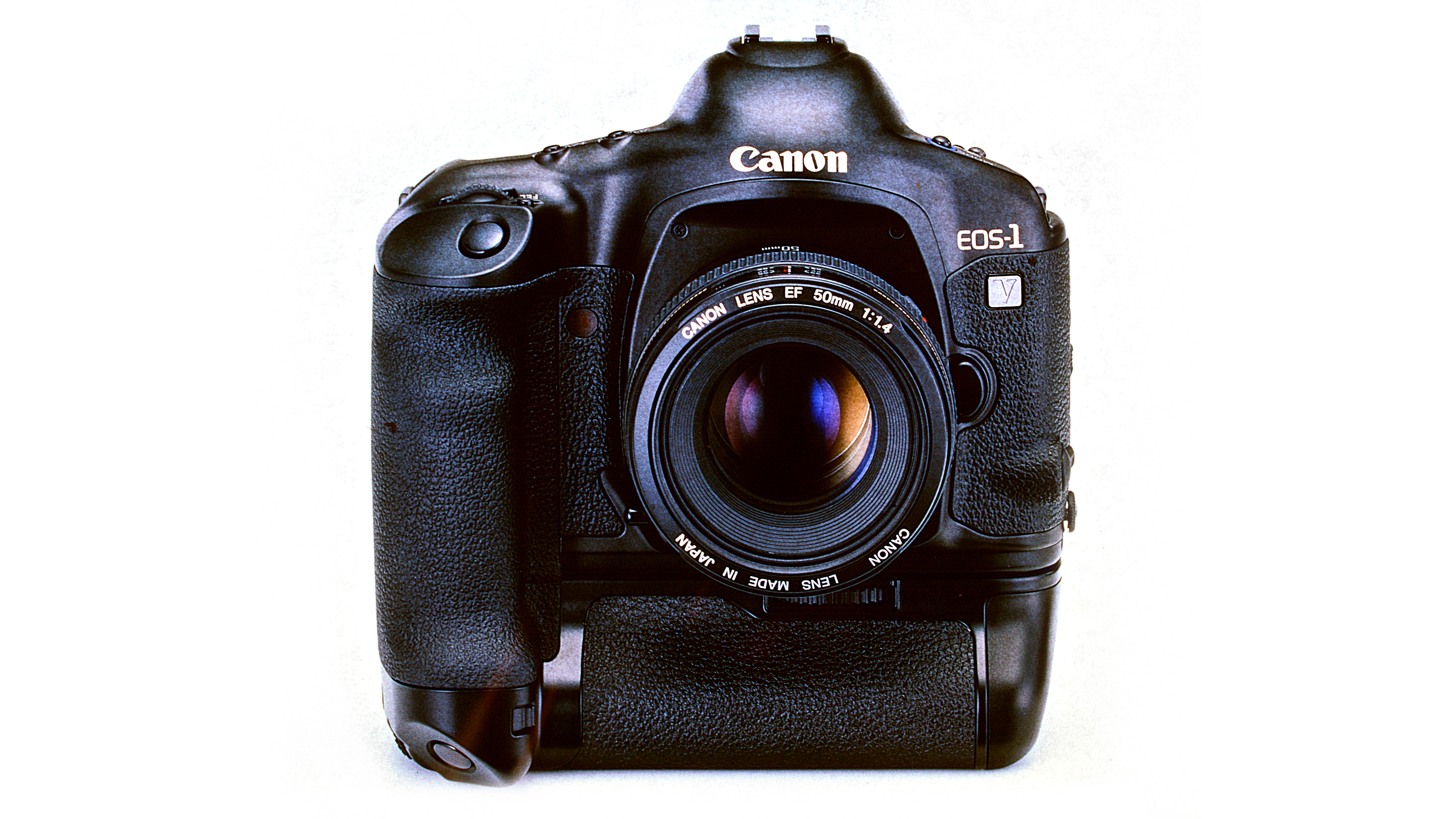
Canon EOS-1V (1996)
Fans reckon this was Canon’s best AF 35mm pro SLR ever. It rained on Nikon’s party by shooting at 10fps, which was quite a feat for a camera with a moving mirror… this sort of speed had previously been the domain of fixed pellicle mirror specials.
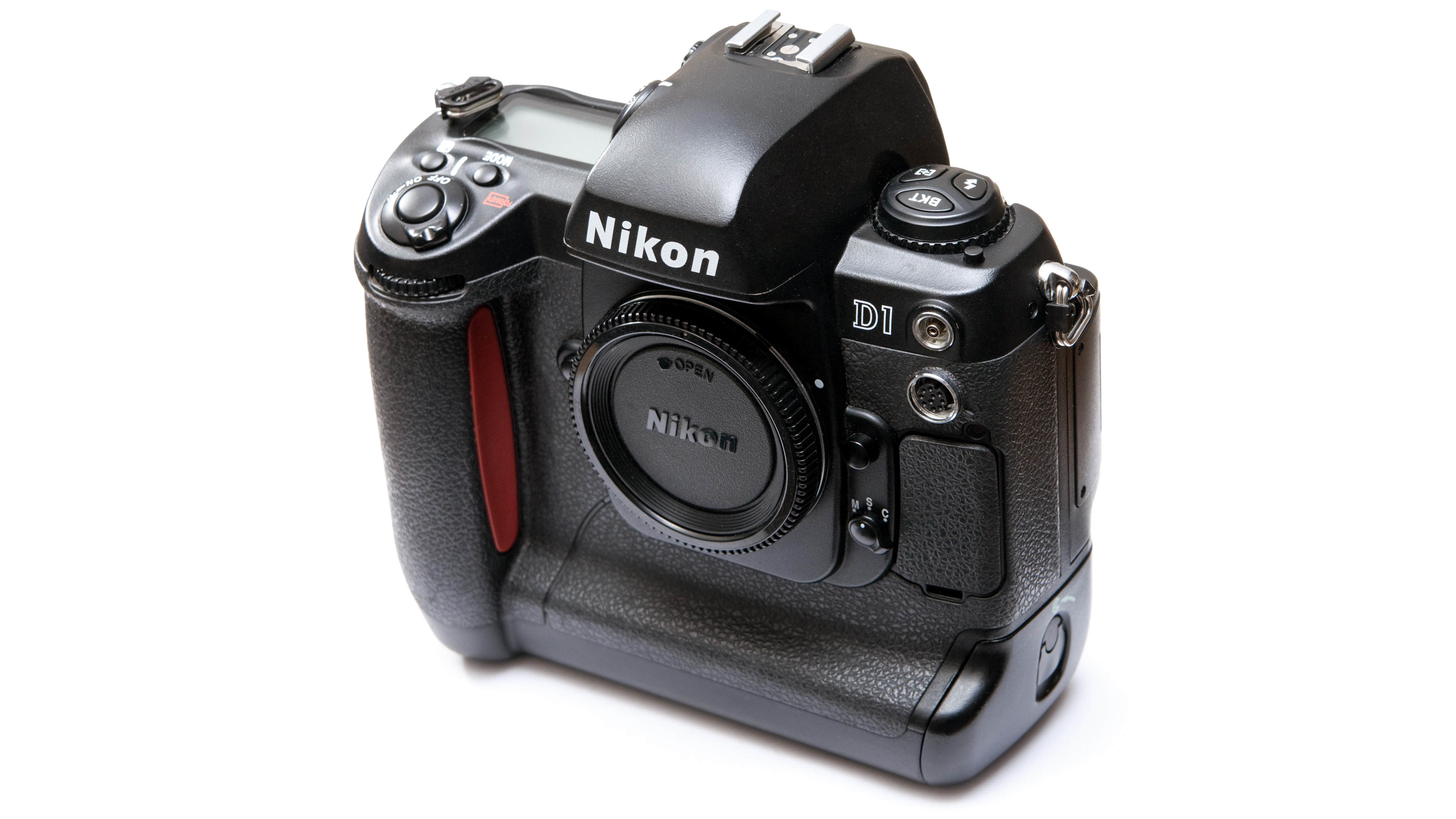
Nikon D1 (1999)
Both Canon and Nikon dabbled with early pro DSLR designs using another company’s digital tech (Kodak and Fujifilm respectively), but the D1 was mostly all Nikon’s own work. It was also the first DSLR to integrate all the key components into a single unit very similar in look and feel to a 35mm camera.
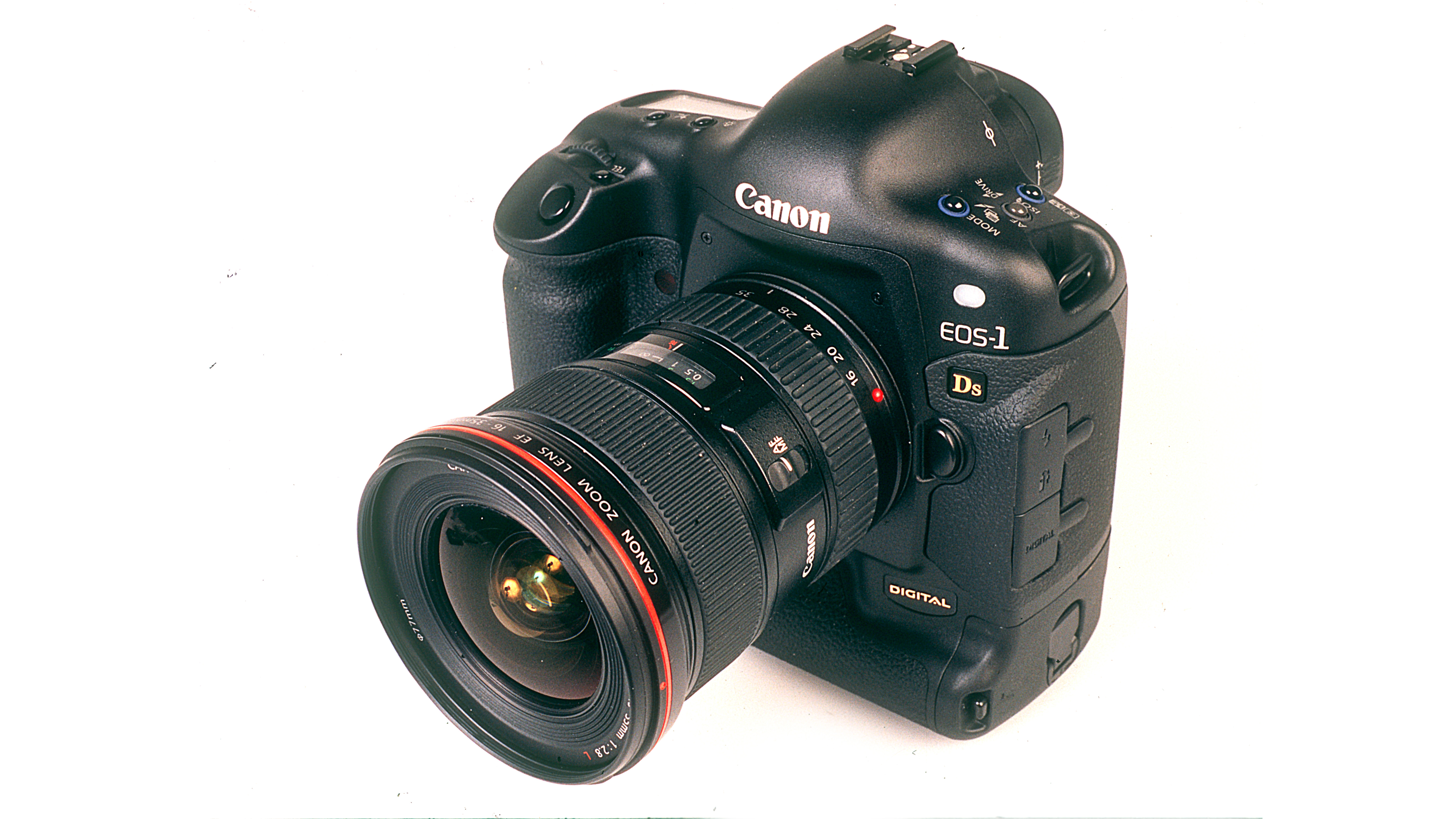
Canon EOS-1Ds (2002)
Canon’s first DSLR with a full-frame sensor; from here on until the EOS-1D X, the company ran two lines of pro DSLRs, giving photographers the choice of the 35mm or APS-H sensor sizes for around 10 years. The 11.1MP CMOS sensor was a very big deal at the time… Nikon wouldn’t have a direct competitor for another five years. Canon’s decision to fabricate its own sensors was paying off handsomely.
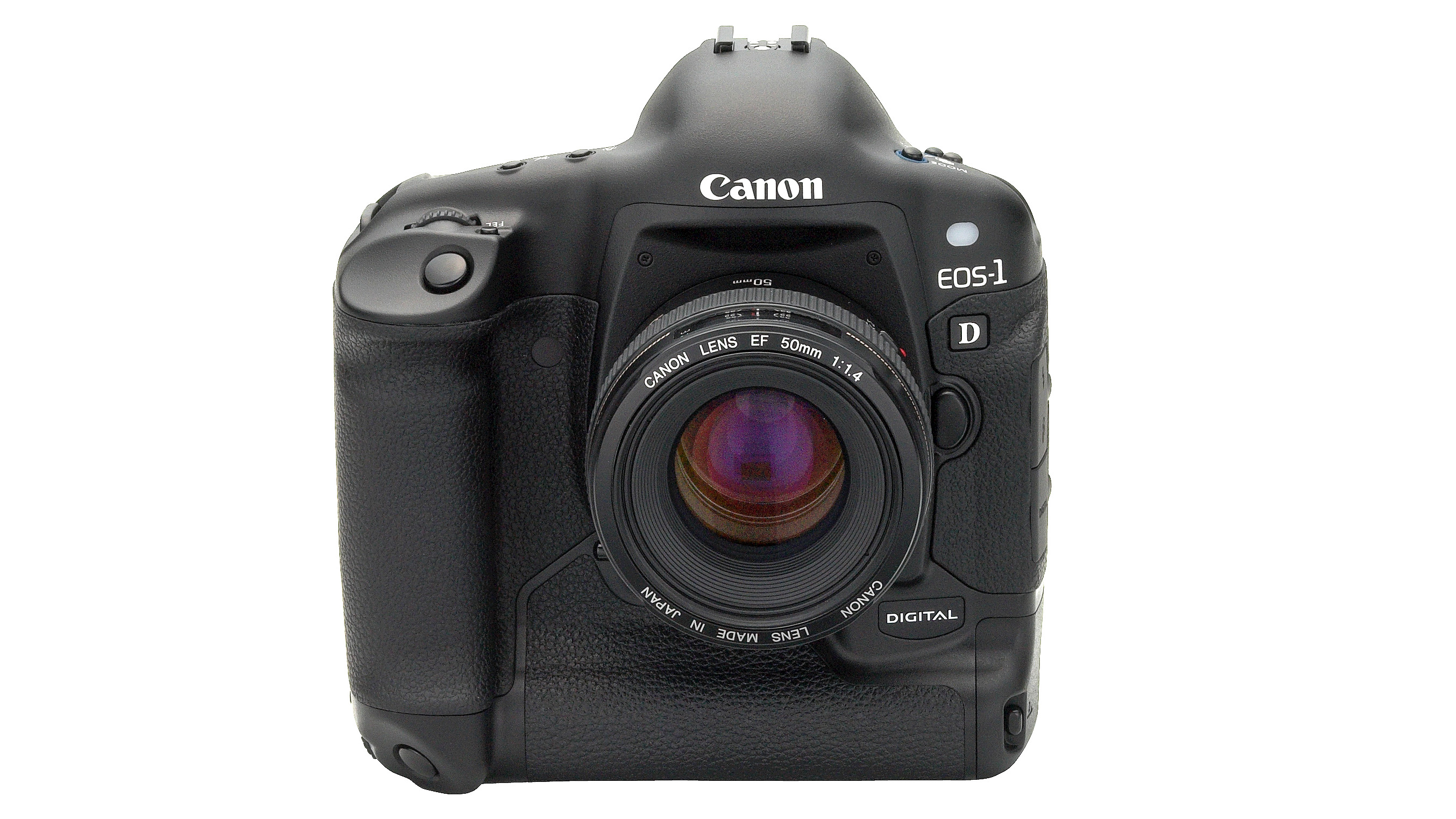
Canon EOS-1D (2001)
Canon’s first home-grown professional DSLR used an APS-H format CCD sensor made by Panasonic with a resolution of 4MP. APS-H represented a 1.3x crop.
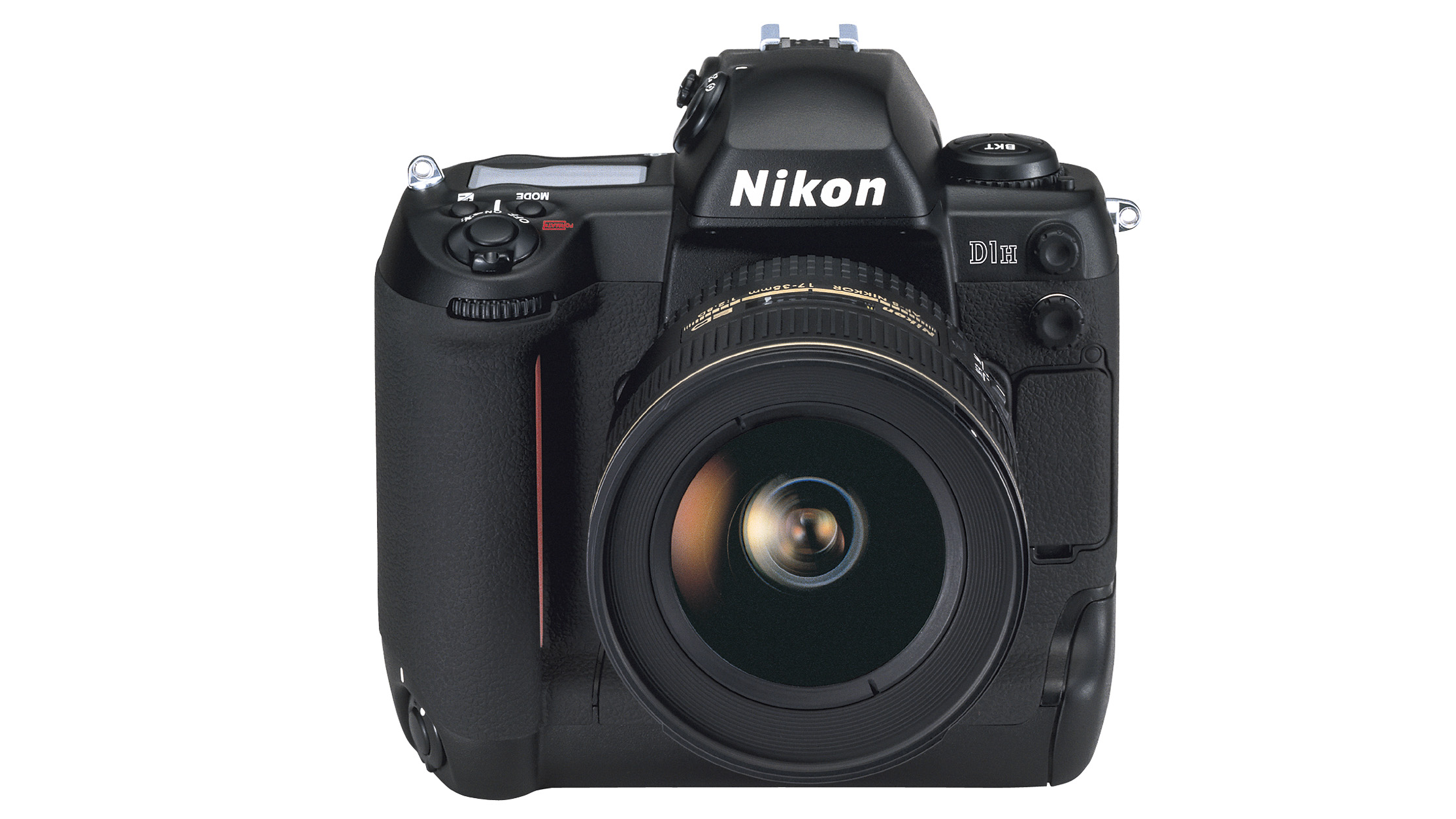
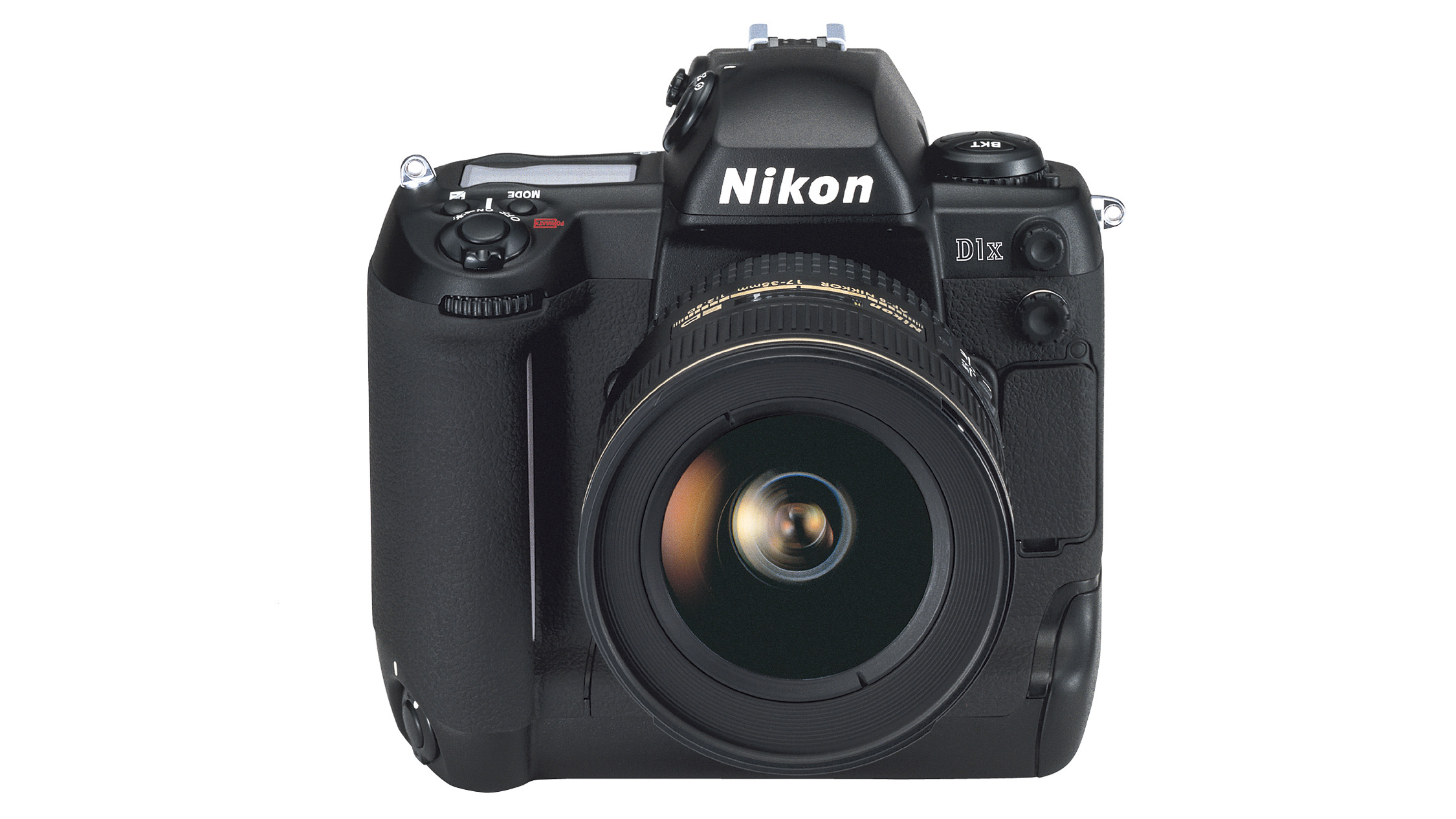
Nikon D1H (2001)
Nikon D1X (2001)
Nikon’s response to the EOS-1D was not one camera, but two – the D1H was built for speed (well, 5fps) while the D1X had a higher resolution of 5.3MP (versus 2.7MP). They shared the same body, and both had an APS-C size sensor, which represented a 1.5x crop.
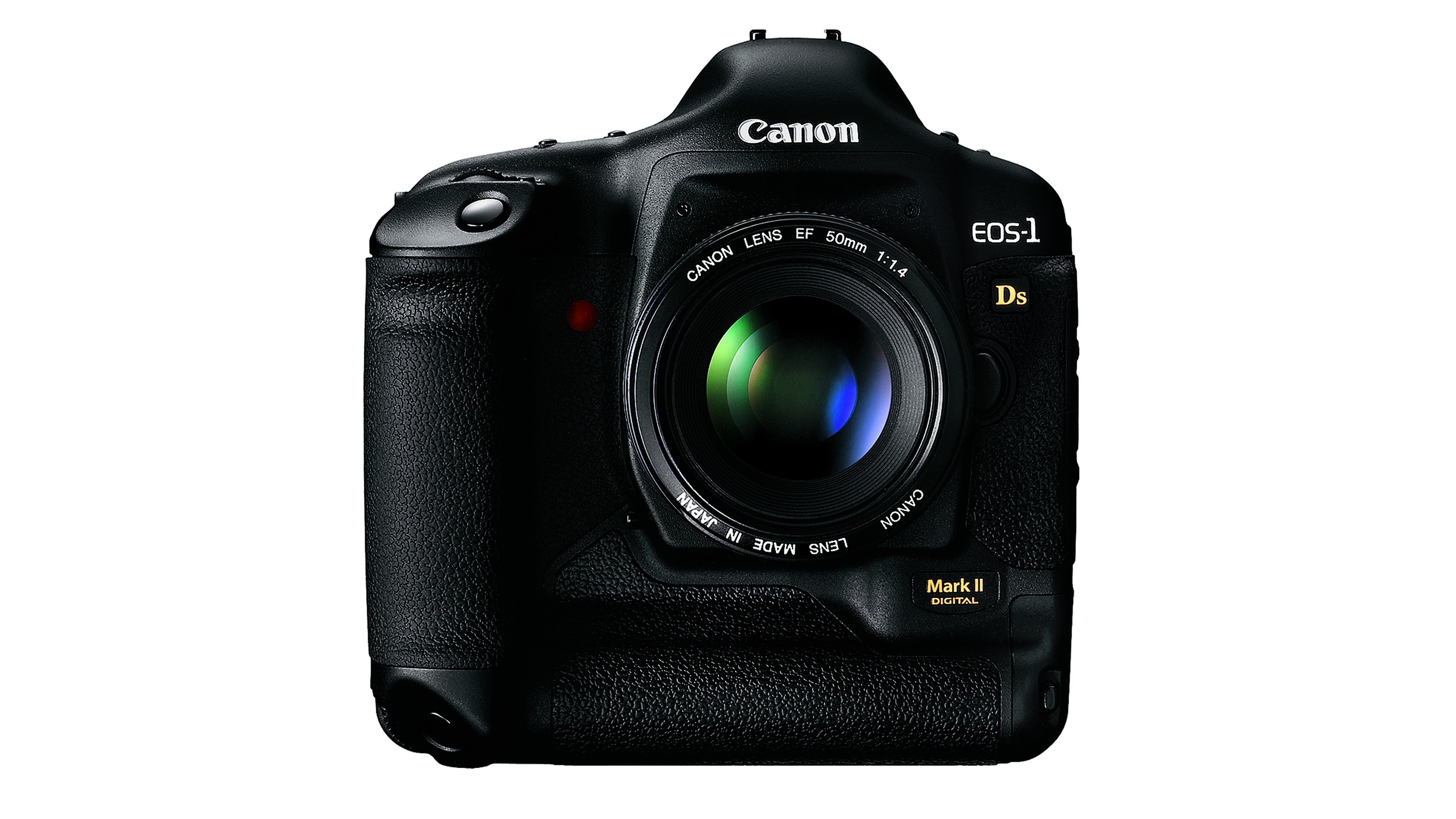
Canon EOS-1Ds Mark II (2004)
The second-generation full-frame camera delivered a resolution of 16.7MP and could shoot at 4.5fps, which was a big deal, given this was the highest res of any DSLR available at the time.
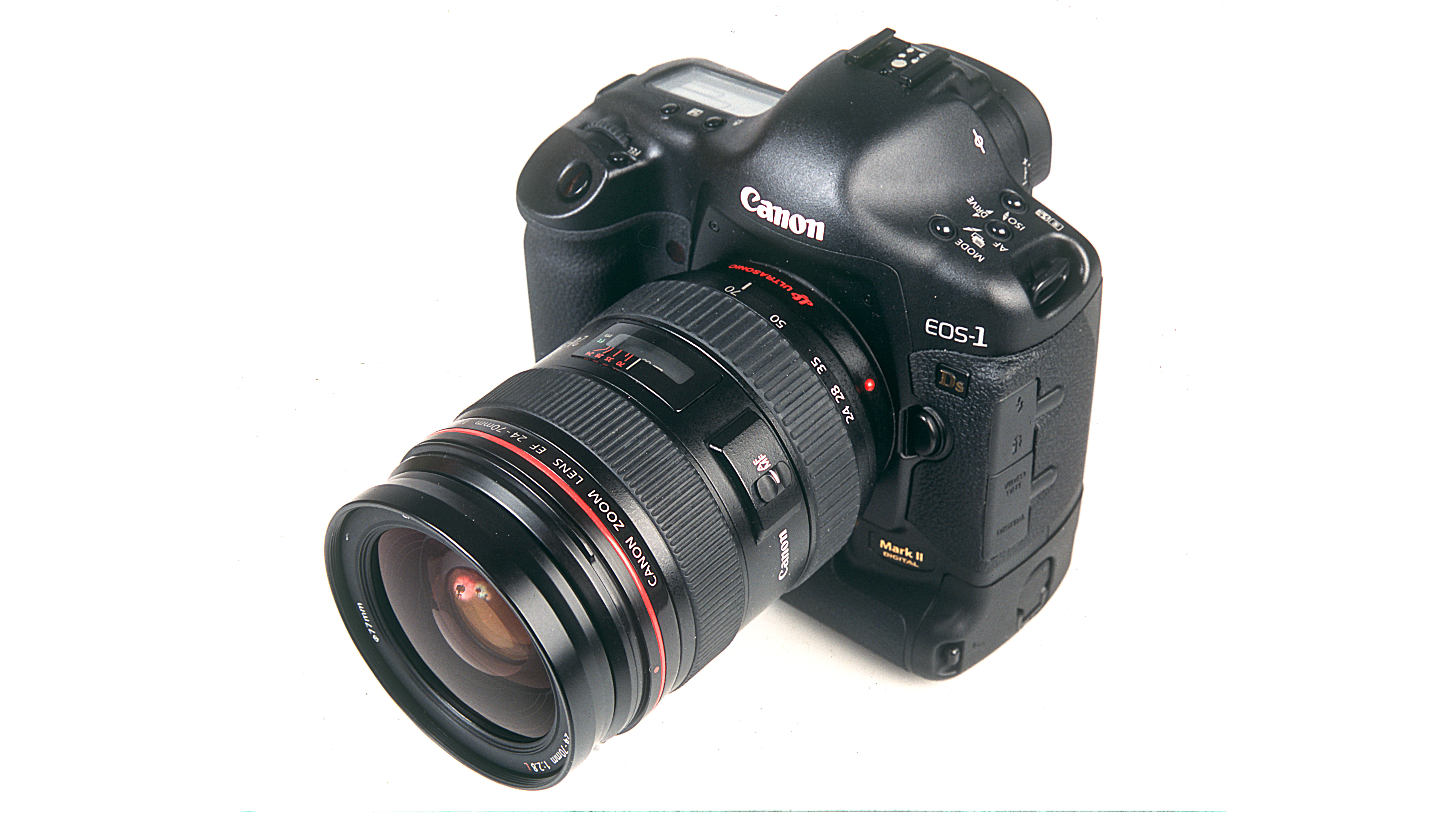
Canon EOS-1D Mark II (2004)
For the next decade or so, the pro DSLR competition was also about more pixels and more speed. This APS-H format camera stepped up to 8.2MP (effective) res and 8.5fps continuous shooting speed. The sensor was now a CMOS made by Canon.
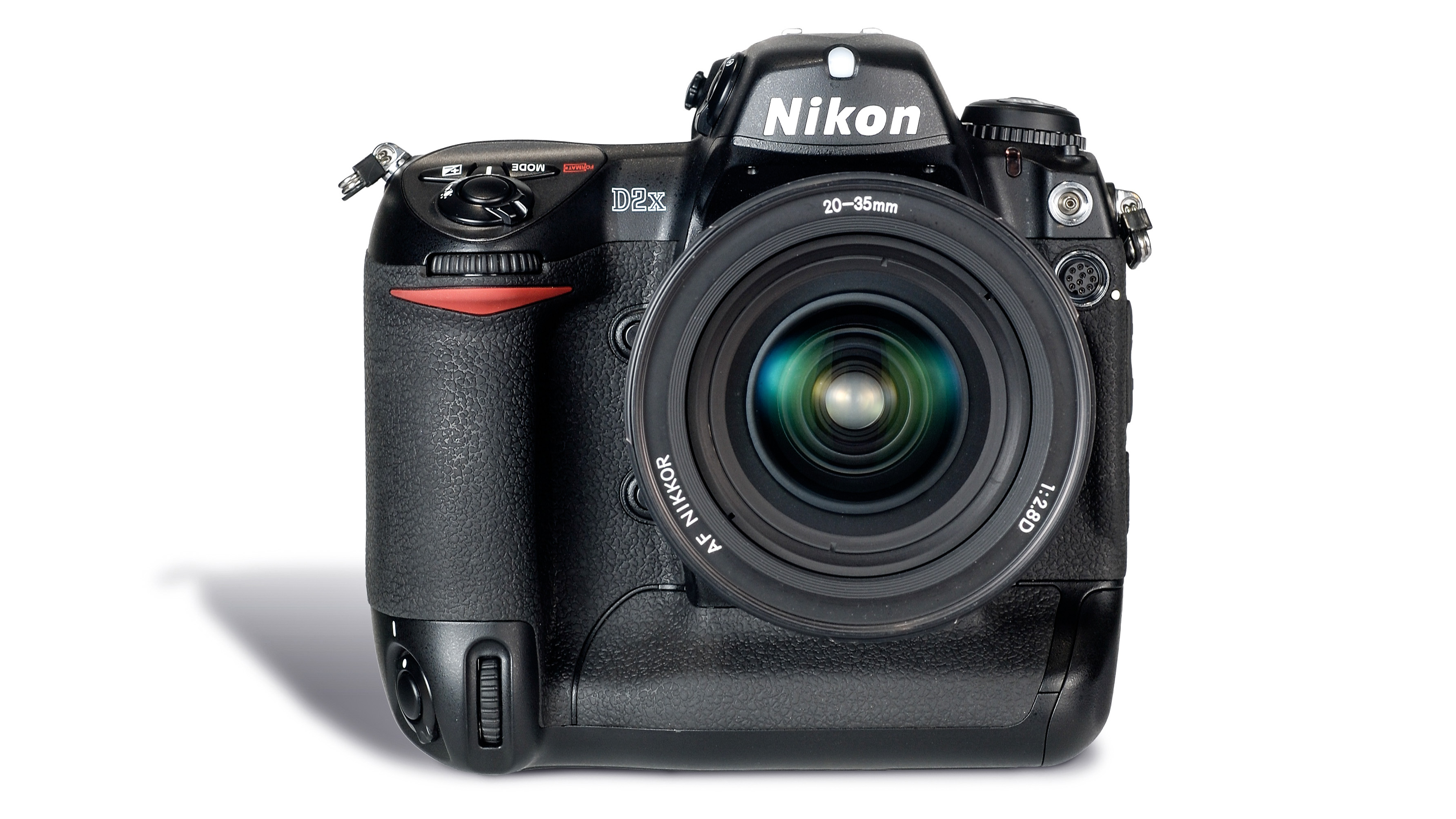
Nikon D2X (2004).
Nikon’s return of serve delivered 12.4MP resolution from an APS-C size sensor with 5fps shooting. Launched the previous year, the D2H was Nikon’s speedster at 8fps but, at only 4MP, it was considered low resolution even at this time.
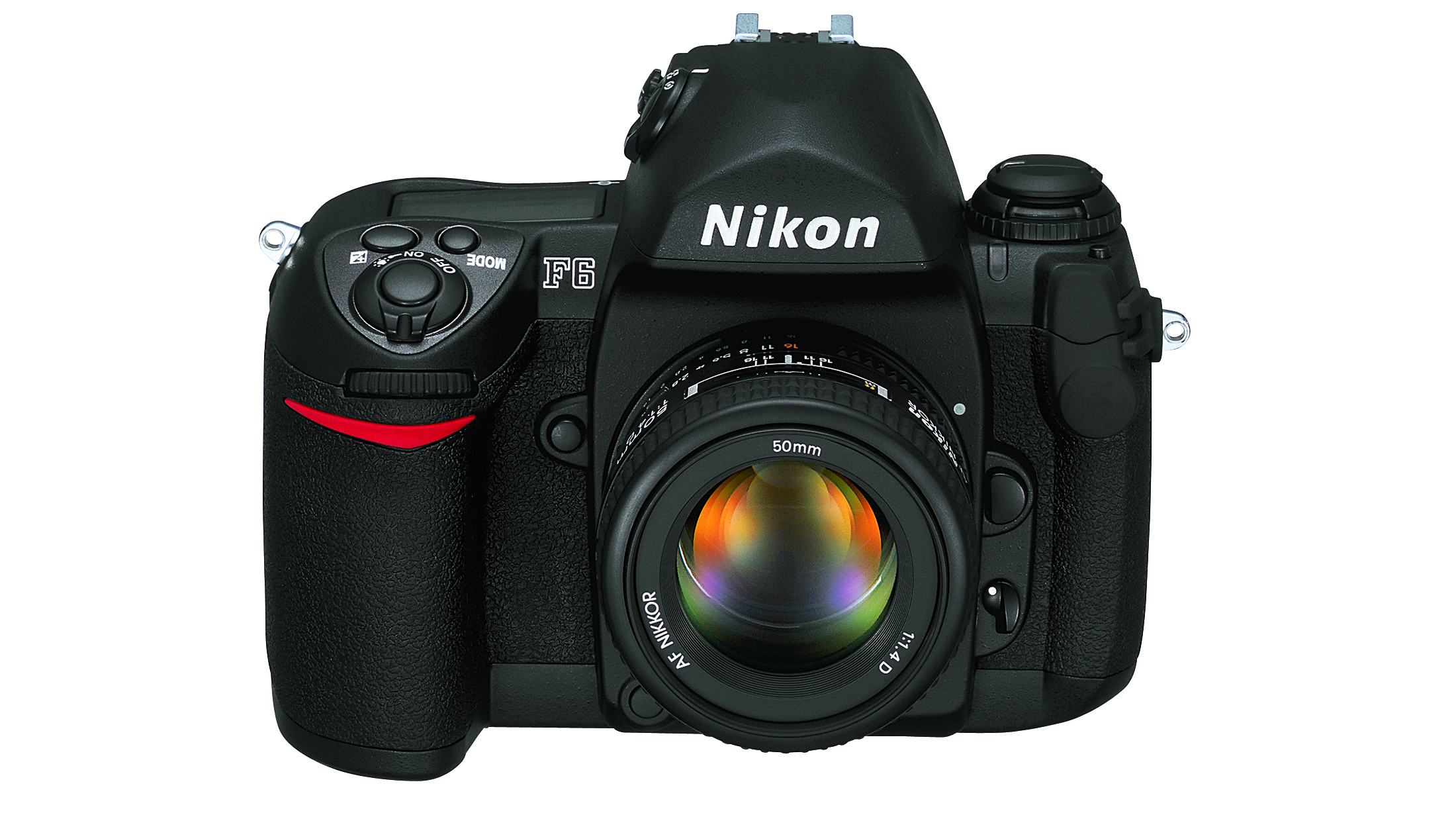
Nikon F6 (2004).
The final fling for a pro 35mm SLR, the F6 essentially was the F5 shoehorned into a more compact body and with a DSLR-style menu system using a rear-panel display. It was a beauty, but by now nobody was taking any notice. Production eventually trickled down to hand-built special orders.
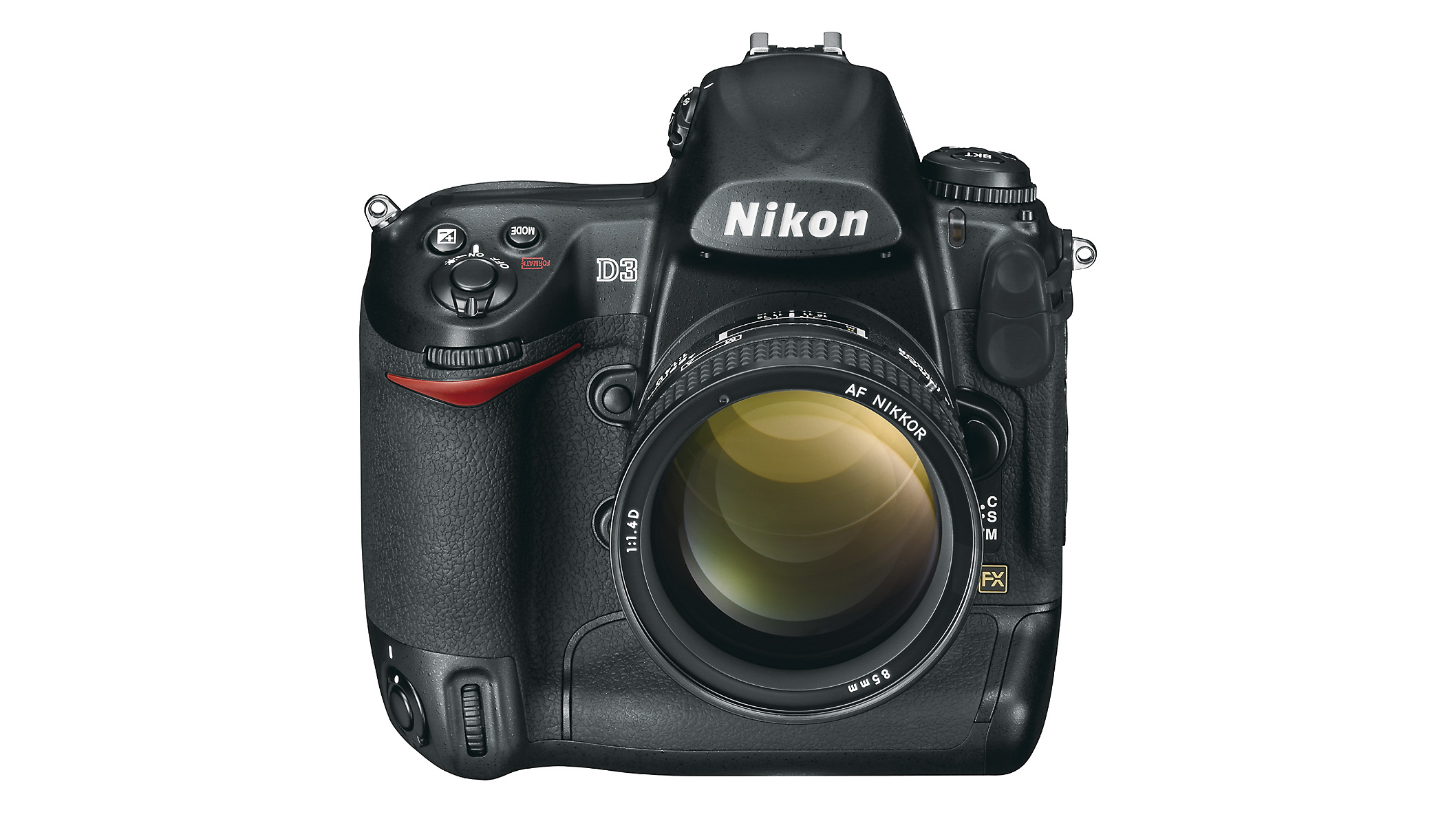
Nikon D3 (2007)
The D3 was one of Nikon’s ‘big bang’, being its first pro DSLR with a full-frame sensor and so a direct competitor to the 1Ds III. However, the design philosophy was quite different, opting for a lower res of 12.1MP and using bigger pixels to give the best high ISO performance that had been seen so far. It was a revelation and, reportedly, was enough of one to attract a few defectors from Canon… at least those considering the 1D III. The Nikon D3X appeared at the end of 2008 with twice the resolution, now at 24.5MP.
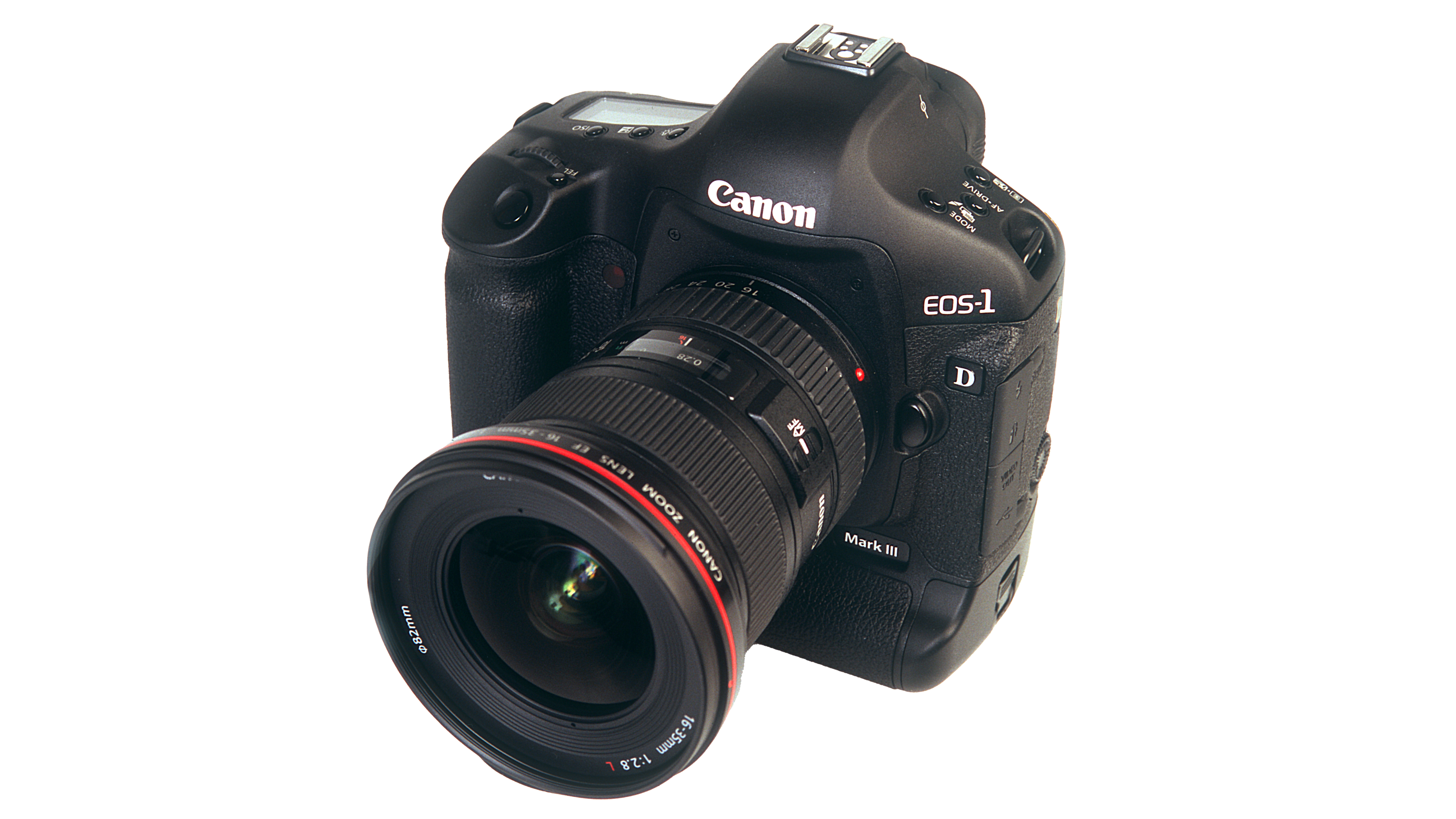
Canon EOS-1D Mark III (2007)
The Mark III camera added a live view capability and stepped up to 10.1MP resolution. There was an ergonomic revamp too, but this model was essentially marking time. It also didn’t help that some cameras (well, quite a few actually) had an AF issue related to a misalignment of the sub-mirror.
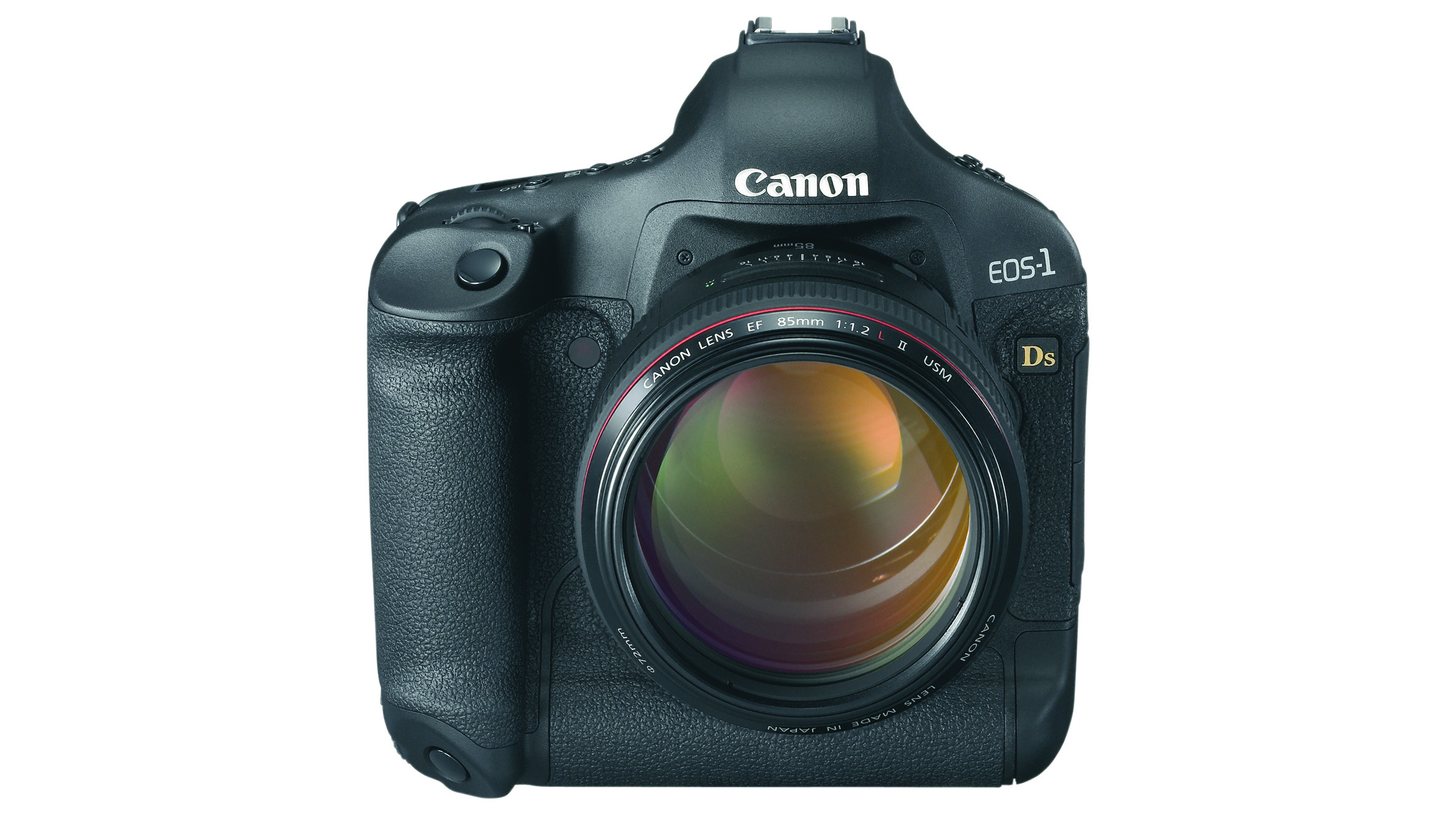
Canon EOS-1Ds Mark III (2007)
Canon was undoubtedly on top in DSLRs thanks to its 1Ds series cameras and the third generation model gave it more fire power – 21.1MP and a new approach to noise reduction, which greatly improved the high ISO performance.
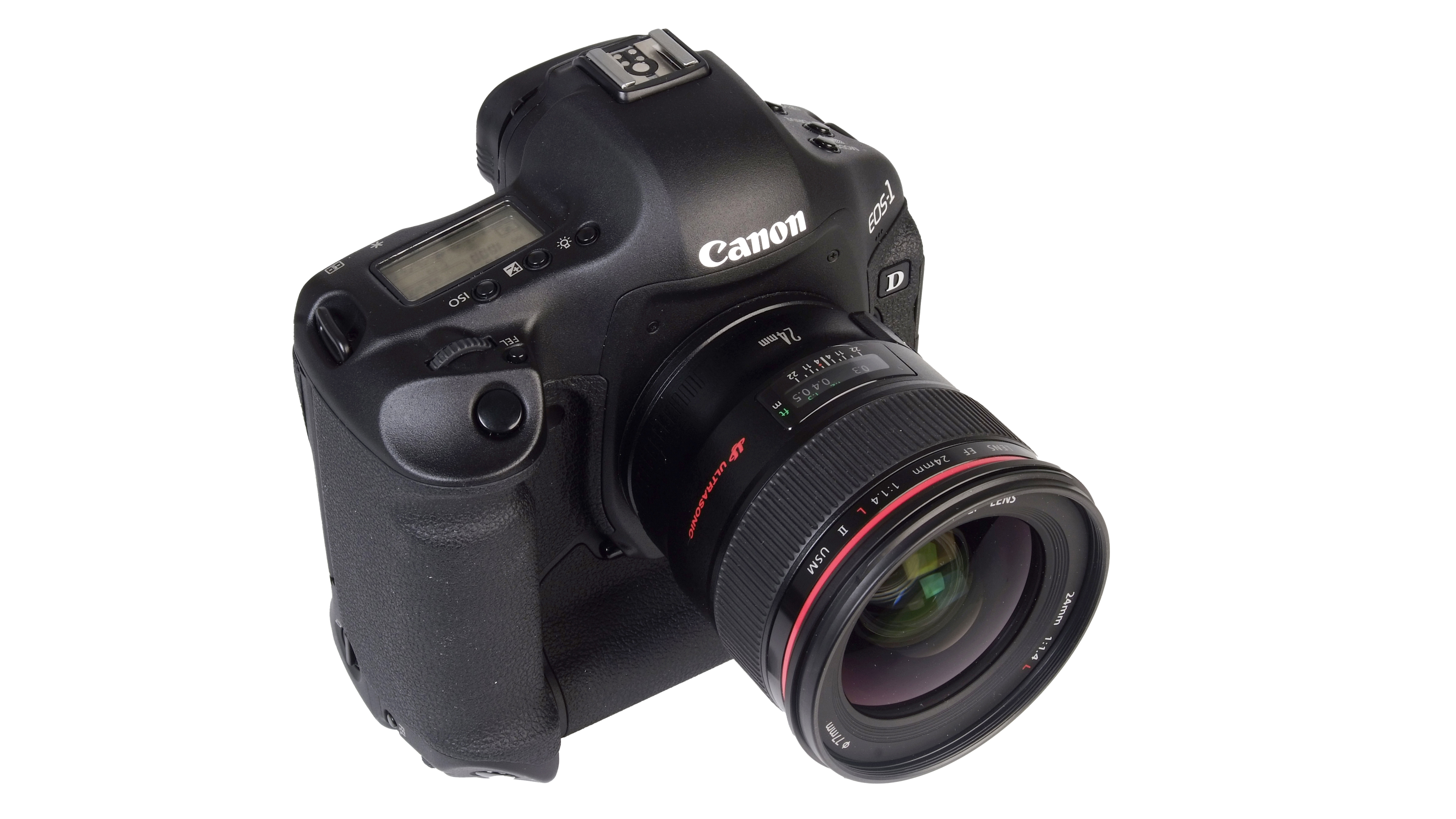
Canon EOS-1D Mark IV (2009)
The fourth-generation APS-H format model, but now with 16.1MP on tap and 10fps continuous shooting. The big party trick was video recording, but again Nikon pipped Canon to the post with the D3S, announced just four days earlier.
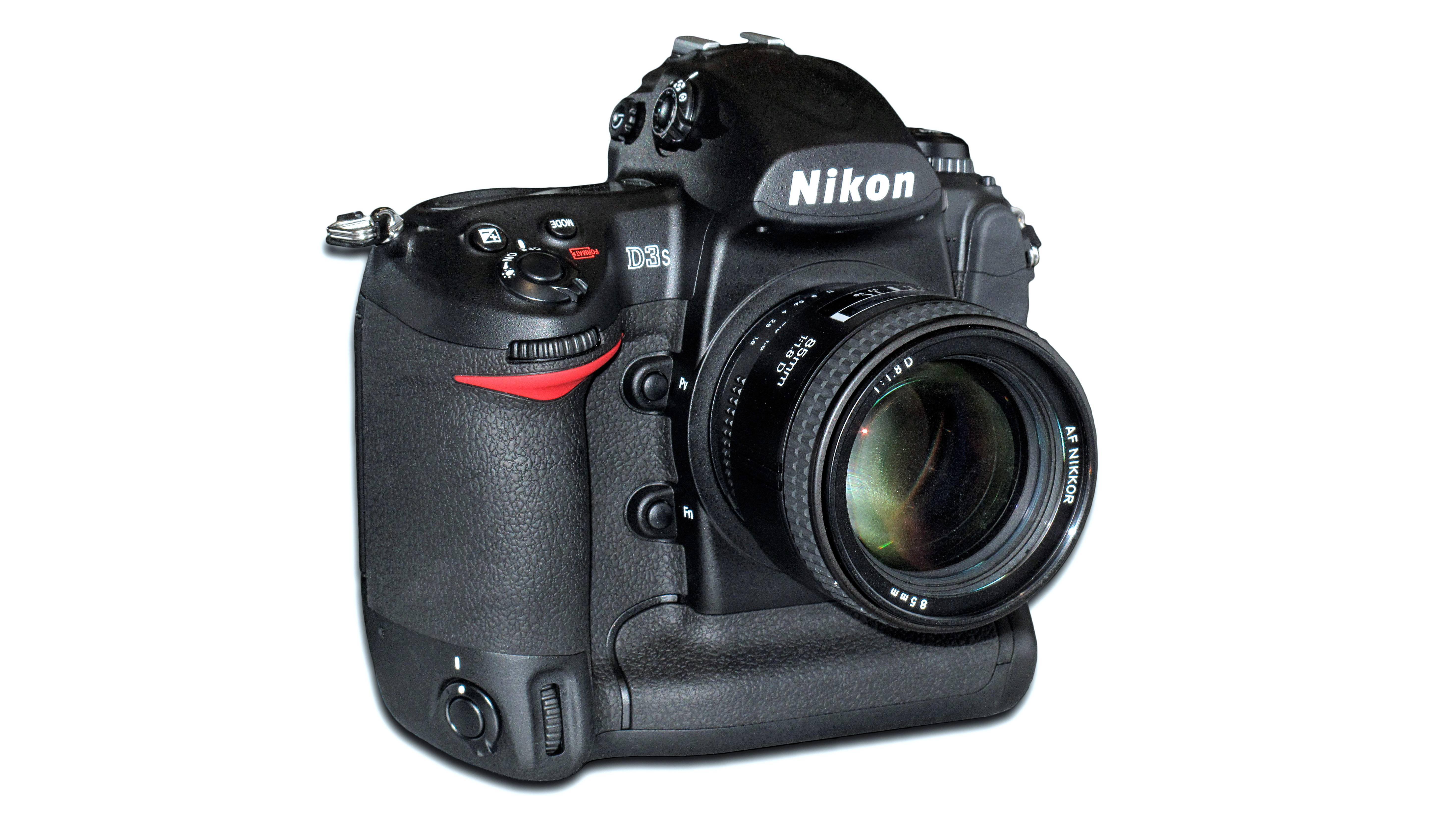
Nikon D3S (2009)
As you might have guessed, the D3S was built for speed and it stuck with the original D3’s 12.1MP resolution, but it could also record HD 720p video at 24fps. Again the big attraction here was its low-light capabilities, now pushed to ISO 102,400 for stills. This was pie-in-the-sky at the time, but the D3S was better than anything else up to ISO 6400.
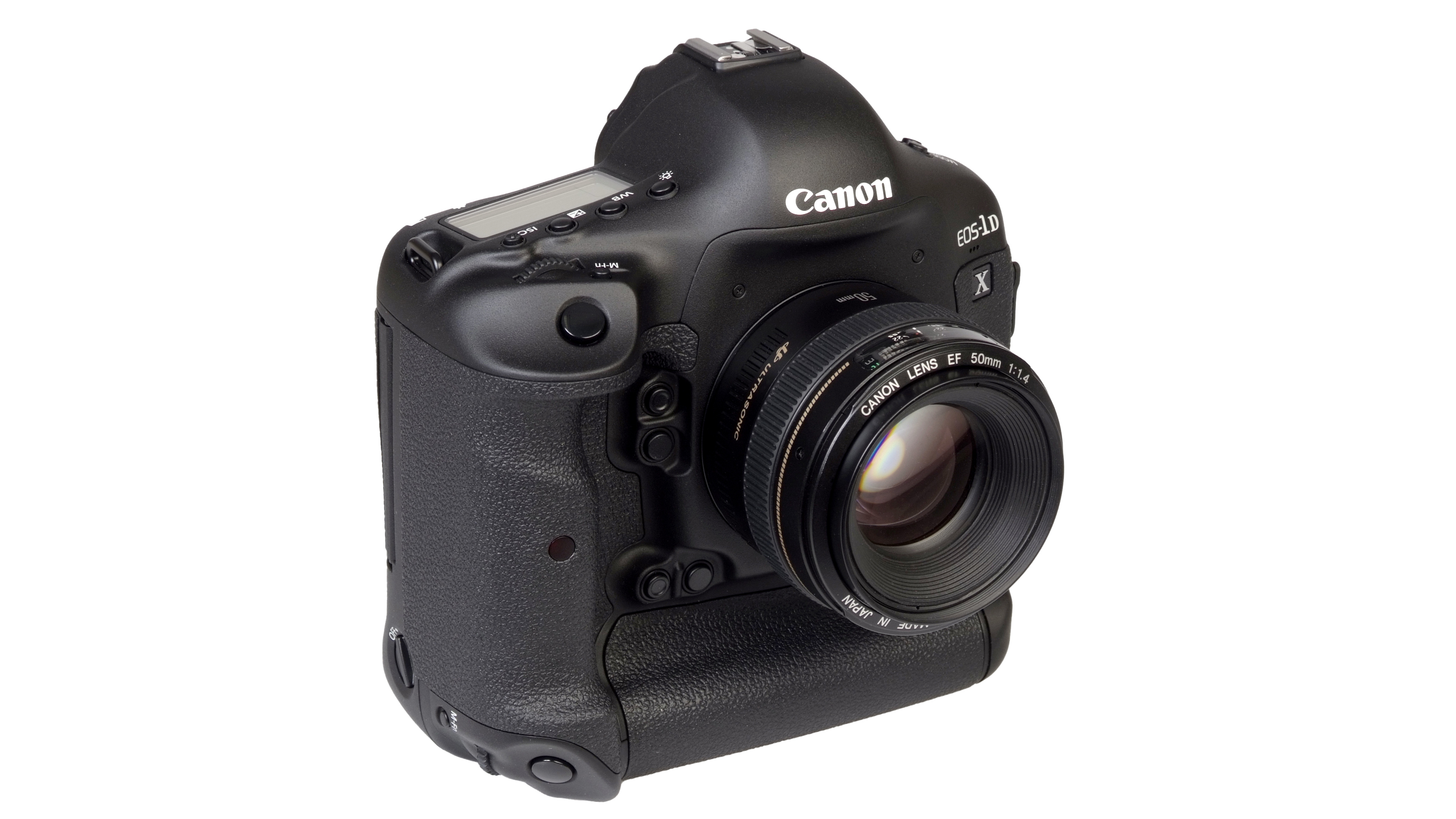
Canon EOS-1D X (2012)
Canon upped the ante further with its all-new ‘X’ model, which had 18.1MP and could shoot 14fps if you locked up the mirror (12fps otherwise). It at least matched the Nikon D4 for high ISO performance, if not exceeded it. This was the start of the ‘development announcements’ – there was a six month gap between announcement and availability – primarily designed to stop photographers being seduced by what looked like more attractive options. By now though, the threat probably wasn’t so much Nikon, but Sony.
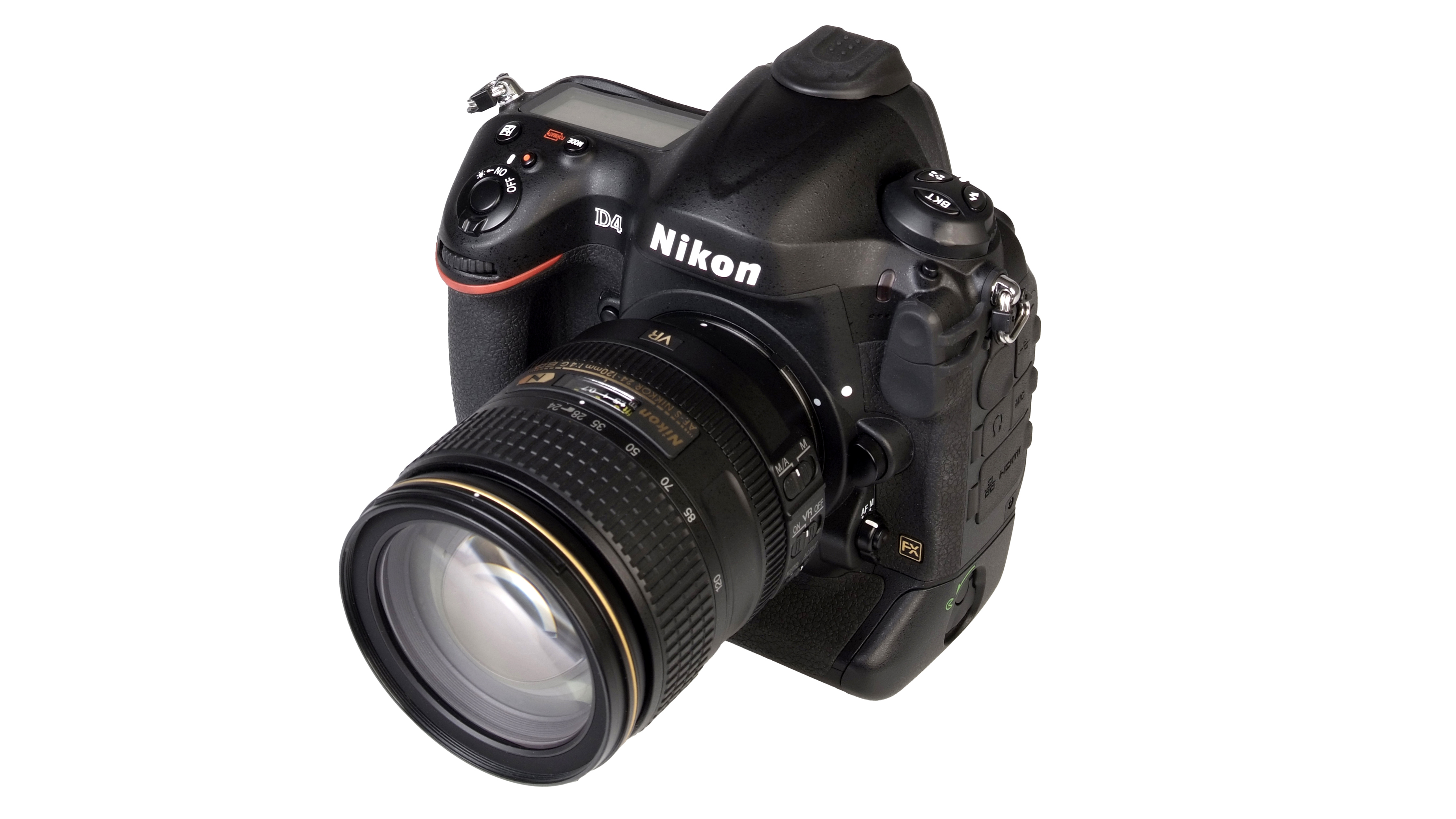
Nikon D4 (2012)
The D3 set the formula for all Nikon’s subsequent pro-level DSLRs, so the D4 was more of the same, but with more: resolution up to 16.2MP, continuous shooting at 11fps (with mirror lock-up) and extended burst lengths of up to 200 frames.
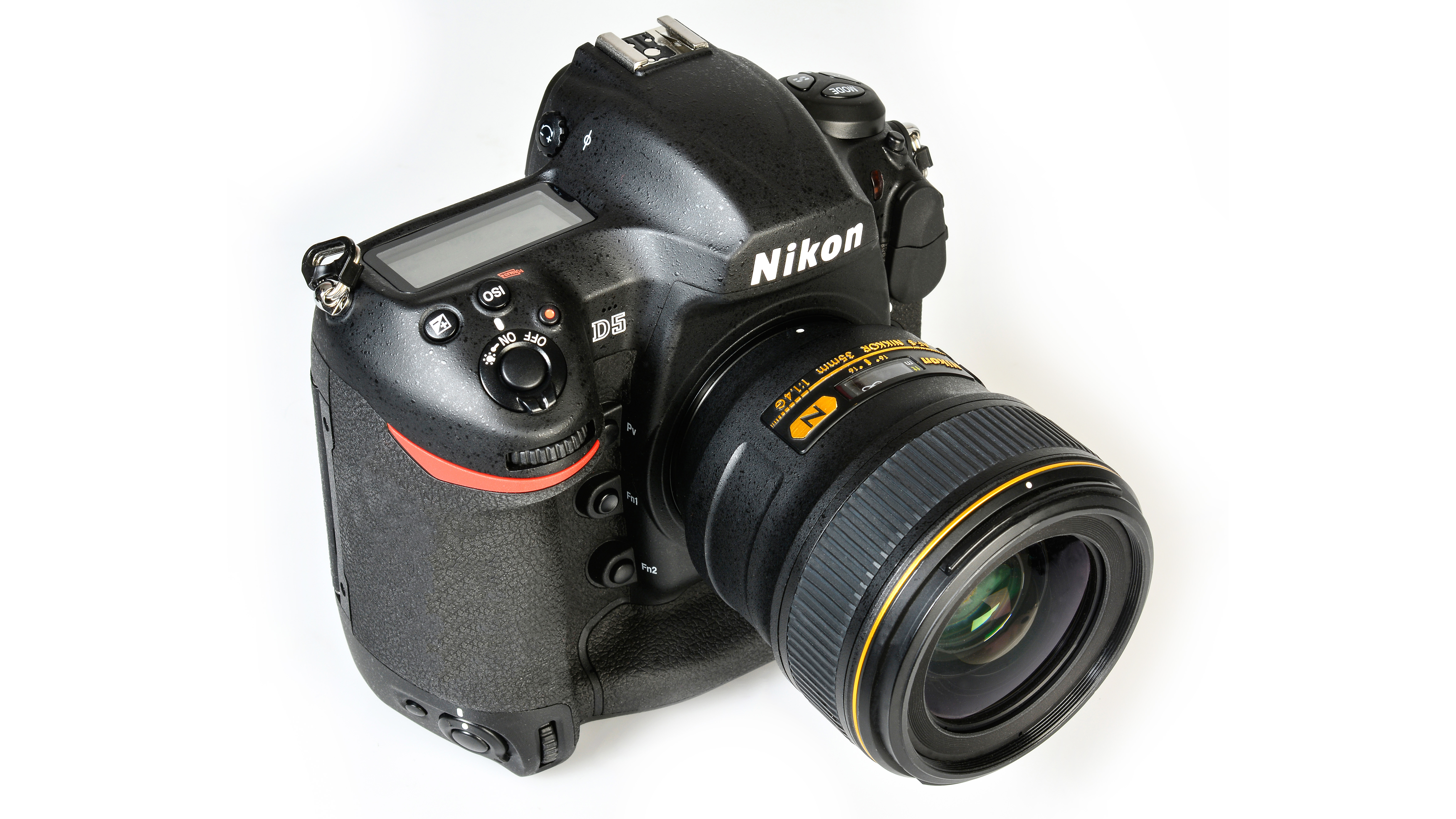
Nikon D5 (2016)
Probably purely coincidentally, but the D5 was arguably Nikon’s best full-frame DSLR – as the F5 was its best 35mm SLR – and its AF system set new standards for speed, accuracy, and the reliability of its subject tracking. Video capabilities stepped up to 4K UHD at 25/30p.
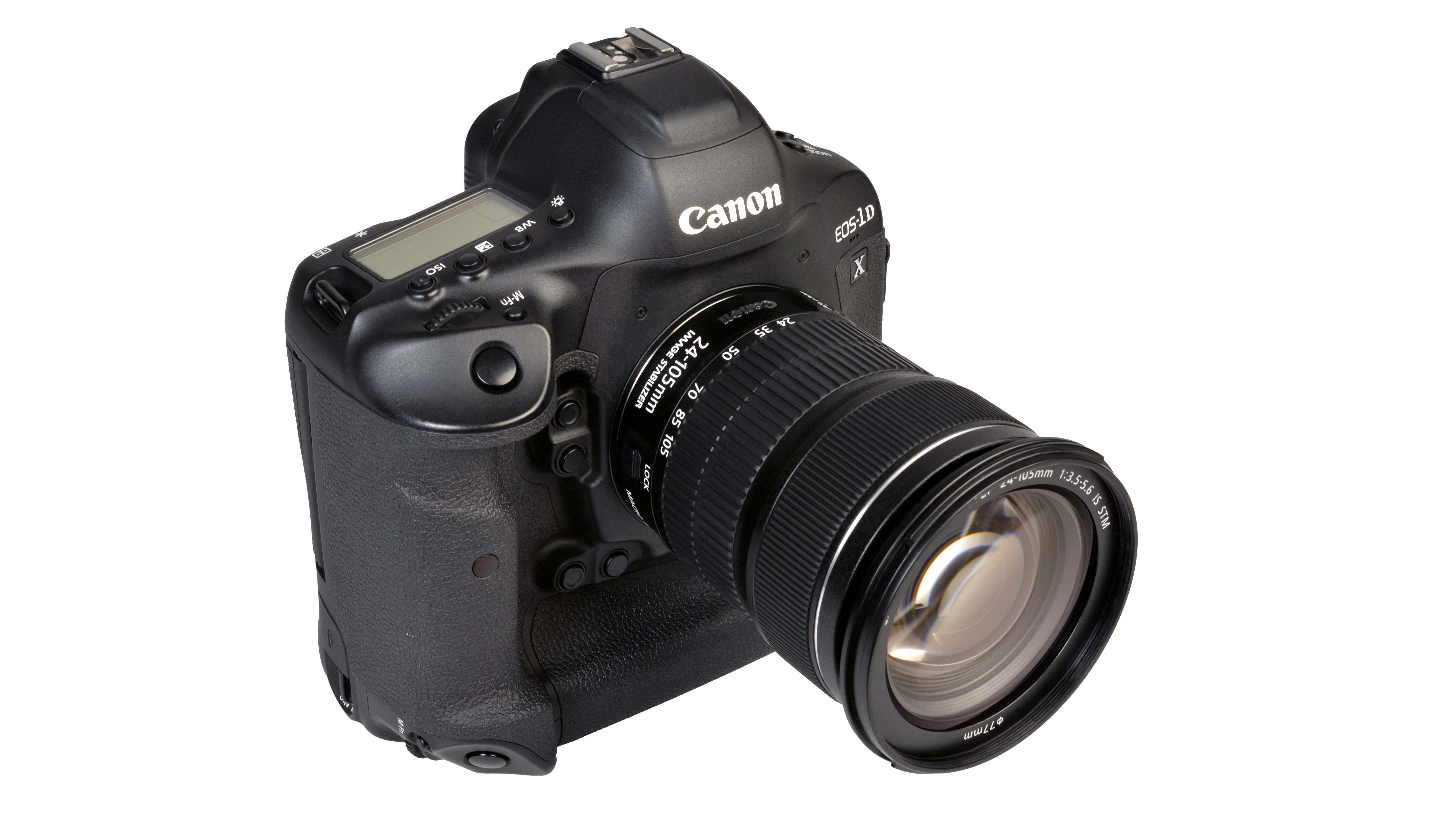
Canon EOS-1D X Mark II (2016).
The mirrorless camera revolution was well underway, but both Canon and Nikon were still firmly behind their pro DSLRs… and with good reason, as it was what that sector still demanded. The 1D X II managed to deliver 16fps shooting with the mirror locked up (when, of course, it was then essentially a mirrorless camera).
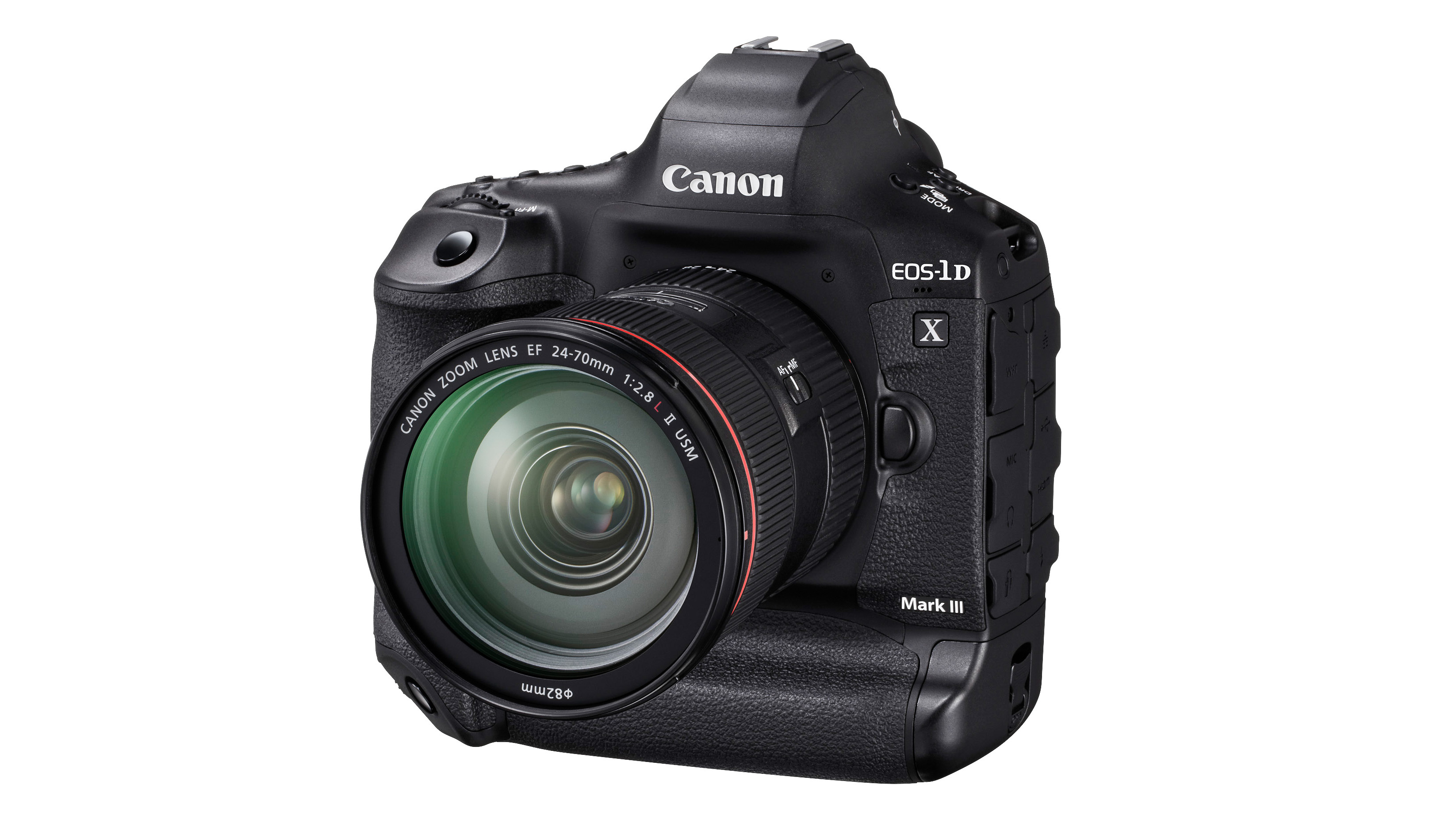
Canon EOS-1D X Mark III (2020)
Now known to be Canon’s last pro DSLR hurrah, the 1D X III is also its best, and no doubt plenty of photographers will be hanging on to theirs for as long as they can. Brilliant at everything, even with the arrival of the EOS R3, it’s still a highly desirable camera if you shoot sports, action, or wildlife. Appropriately, it’s arguably the pinnacle of DSLR design and technology; it was always hard to see Canon being able to squeeze anything more out of SLR configuration.
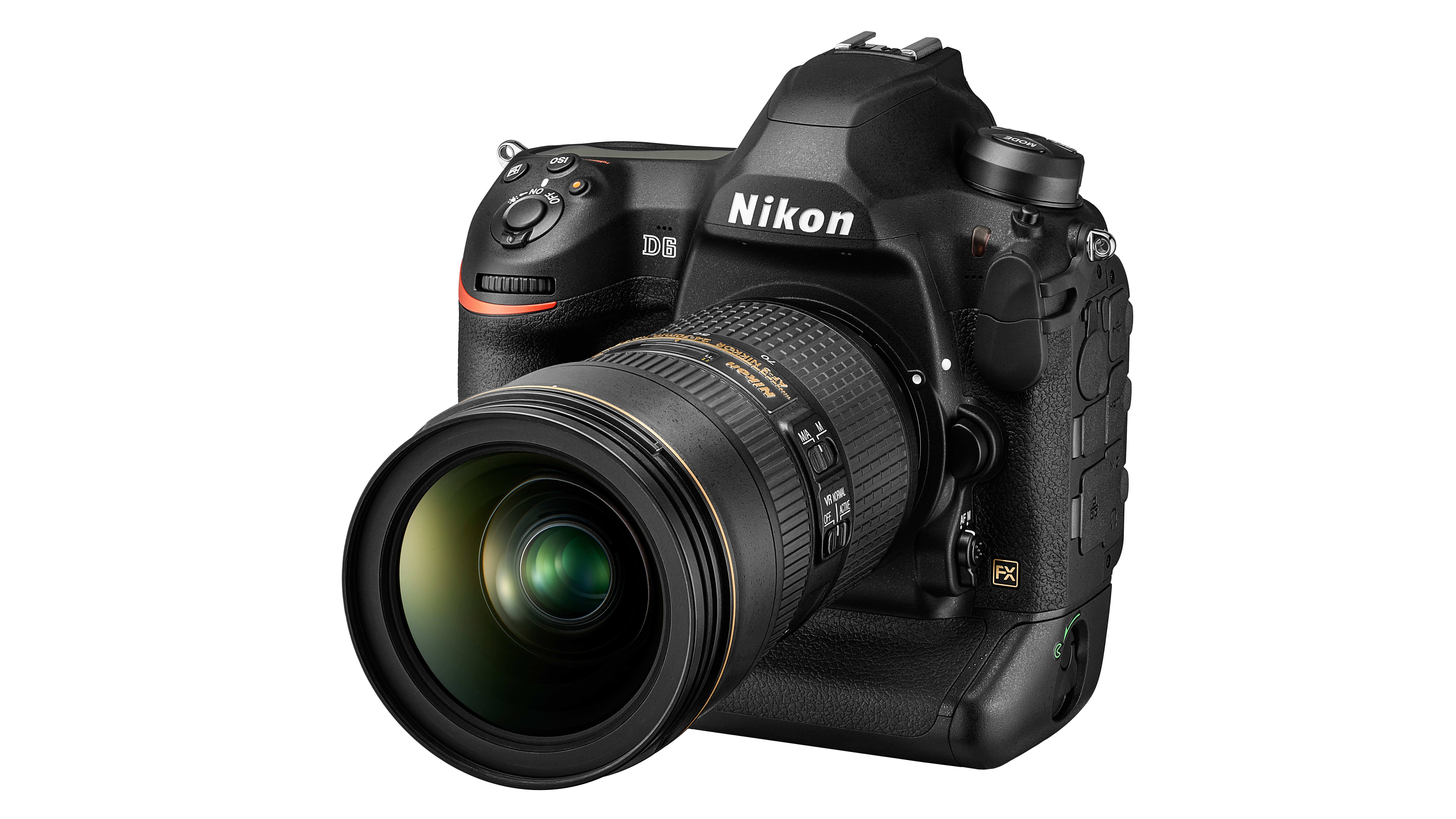
Nikon D6 (2020)
Also likely to be the last of Nikon's DSLR flagship line, the D6 isn’t quite as much of an all-rounder as its Canon rival or as supremely capable, but it’s still quite a machine and Nikon is still on top in terms of AF performance (which is even better than the D5’s).
Read more:
Best film cameras
Best professional cameras
Best Canon cameras
Best Nikon cameras
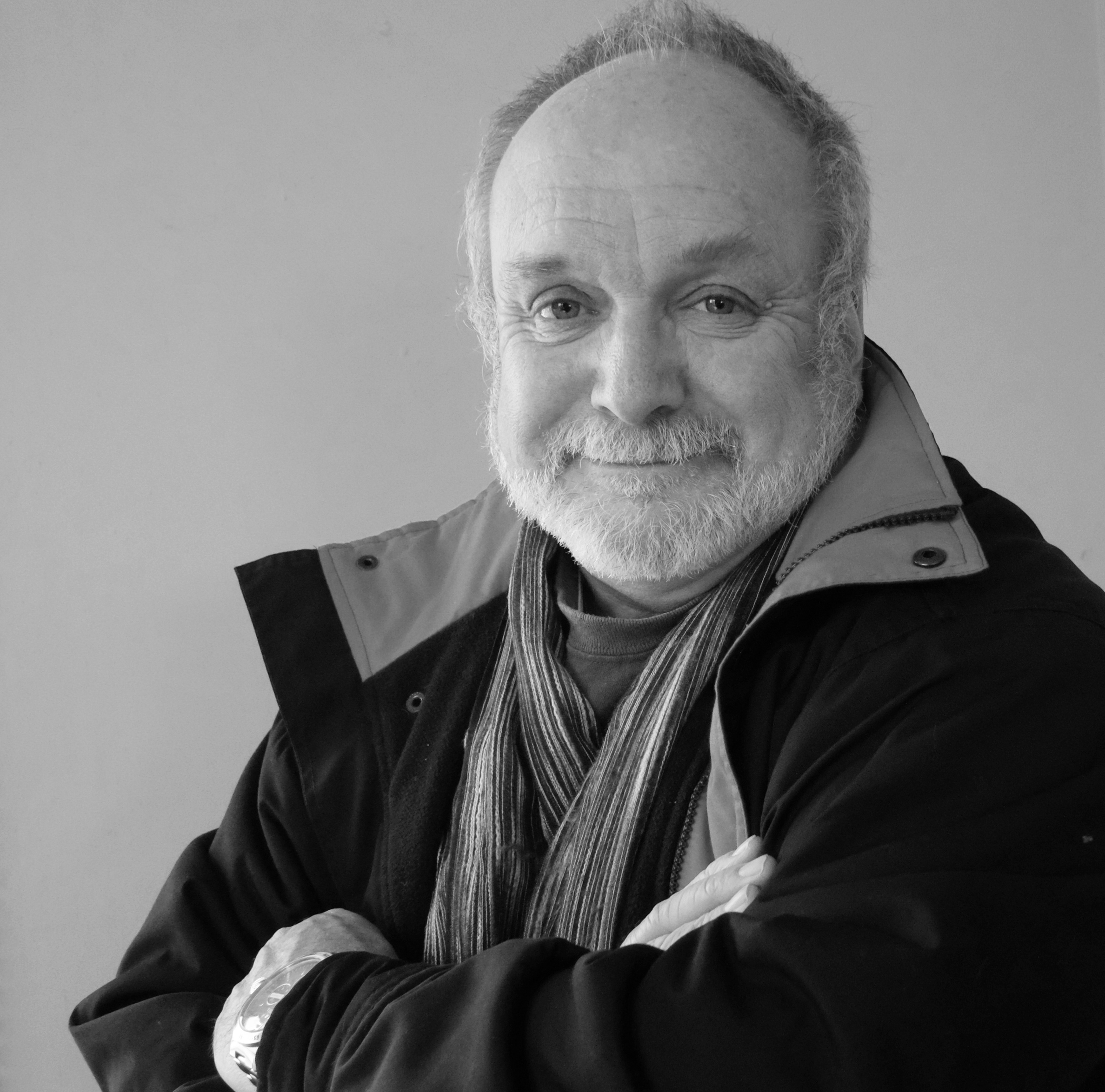
Paul has been writing about cameras, photography and photographers for 40 years. He joined Australian Camera as an editorial assistant in 1982, subsequently becoming the magazine’s technical editor, and has been editor since 1998. He is also the editor of sister publication ProPhoto, a position he has held since 1989. In 2011, Paul was made an Honorary Fellow of the Institute Of Australian Photography (AIPP) in recognition of his long-term contribution to the Australian photo industry. Outside of his magazine work, he is the editor of the Contemporary Photographers: Australia series of monographs which document the lives of Australia’s most important photographers.
